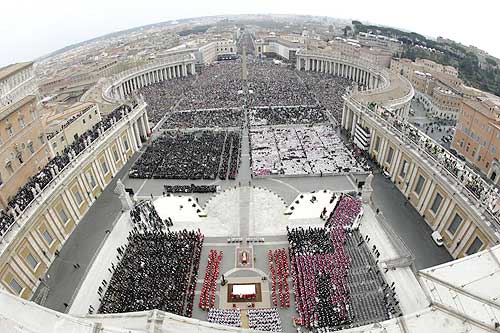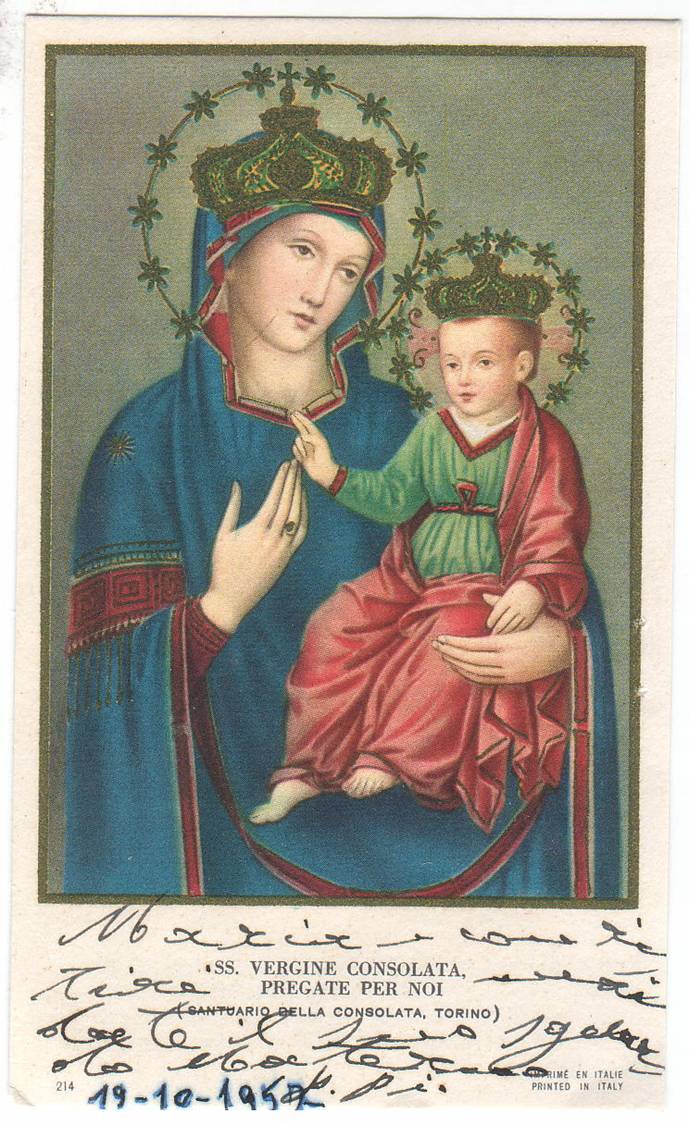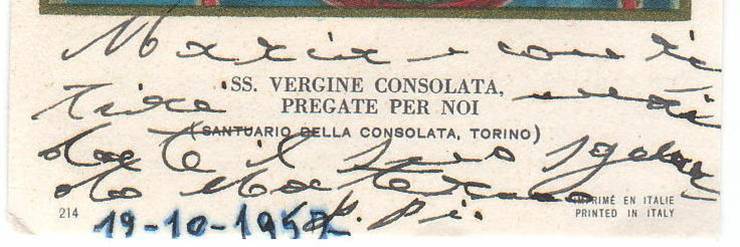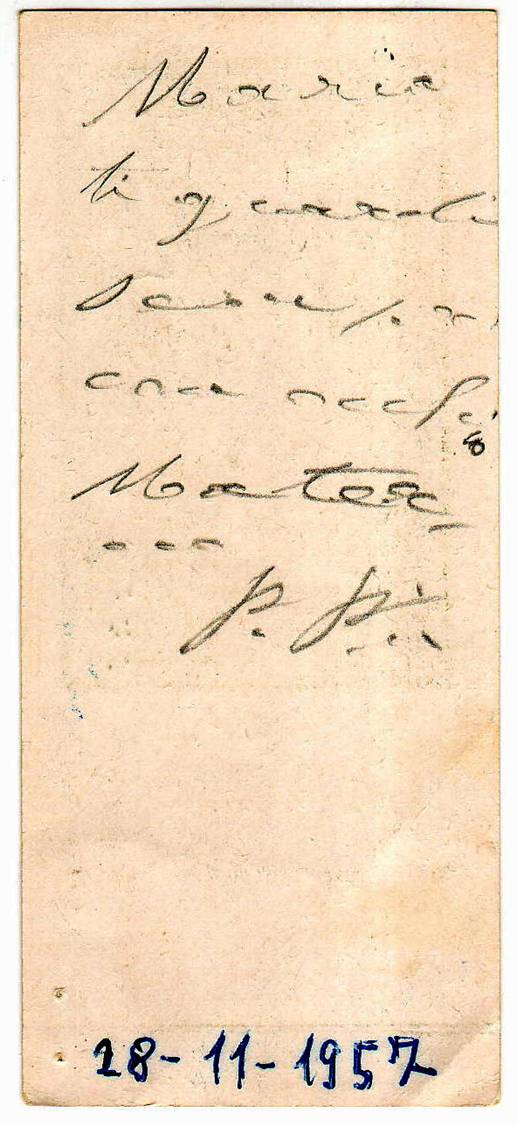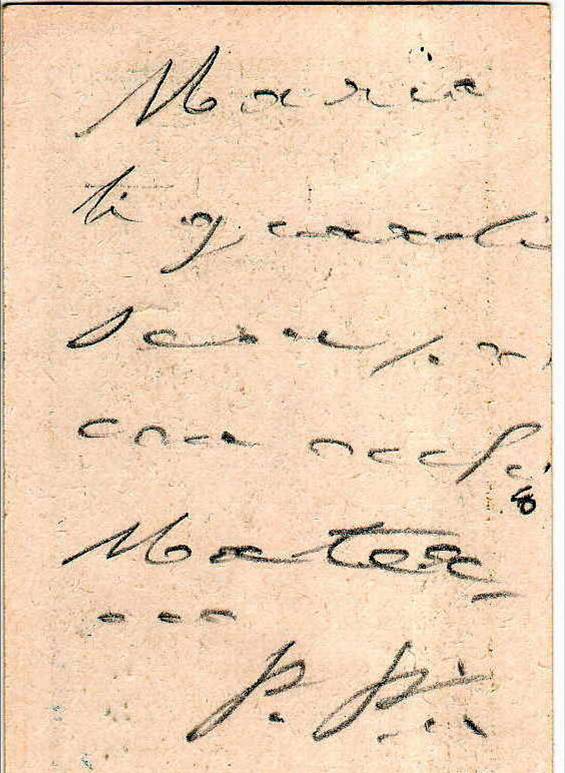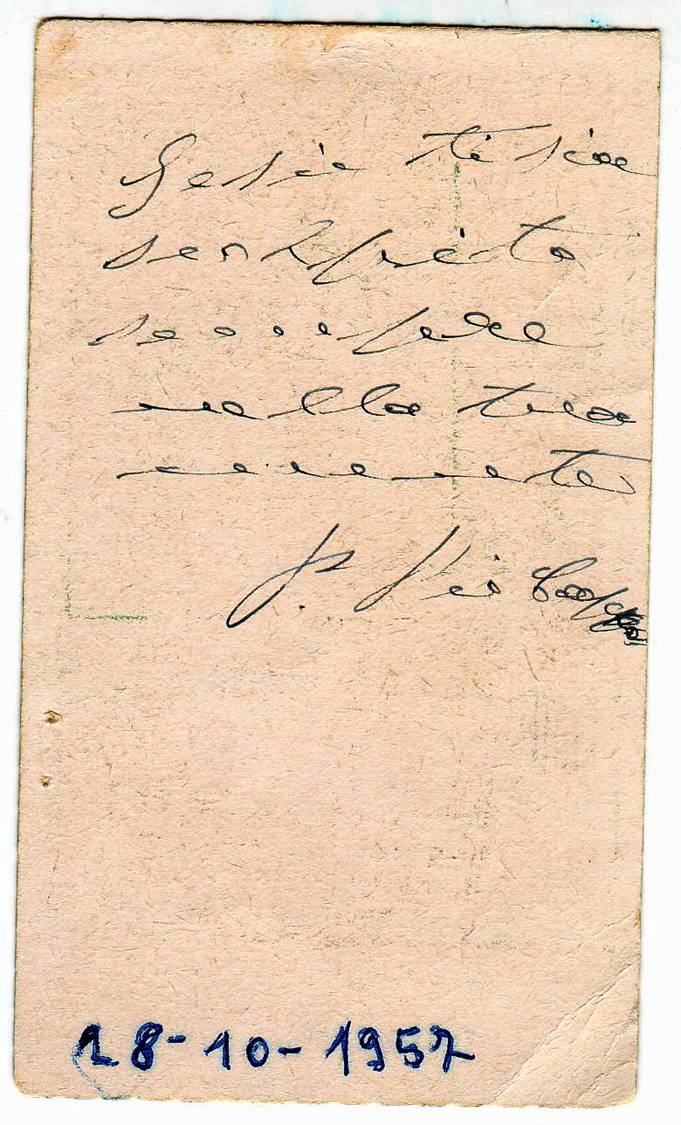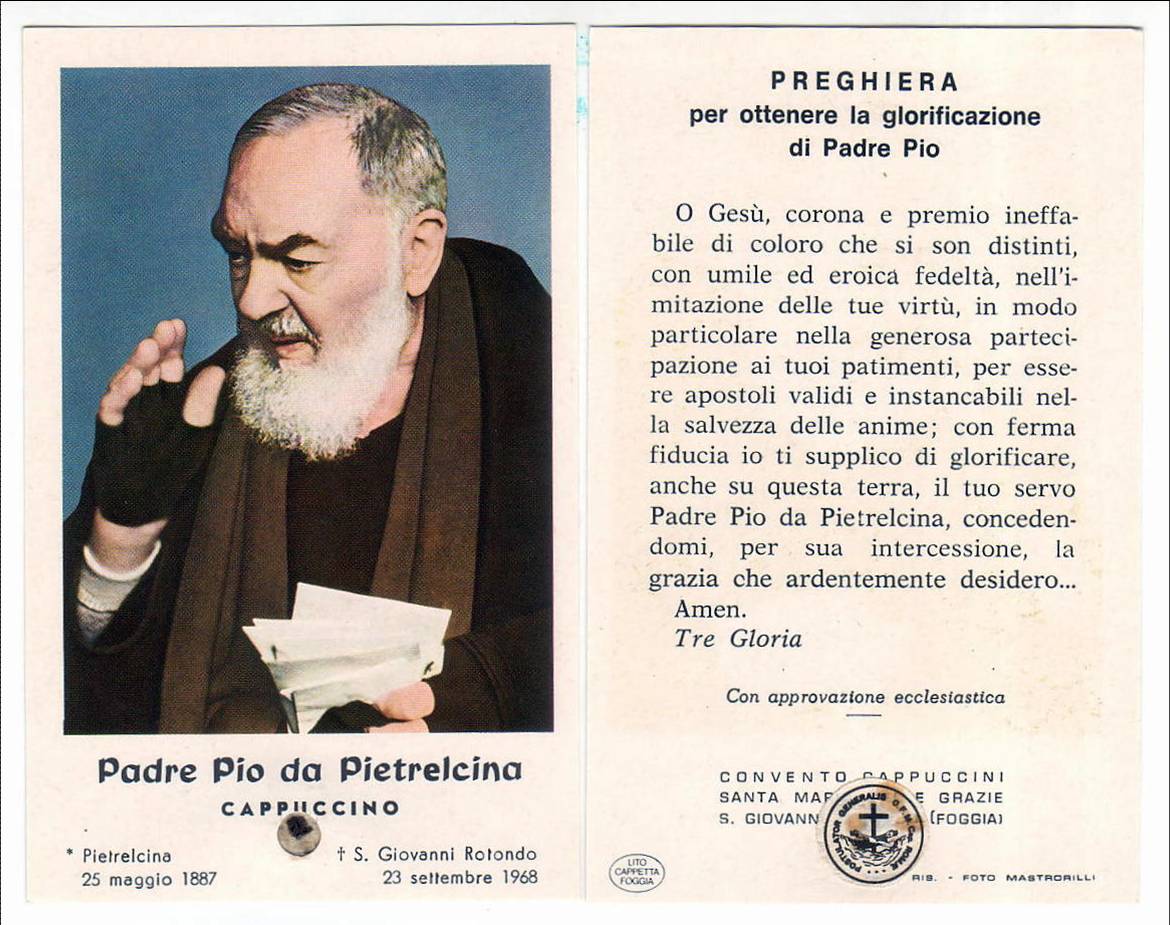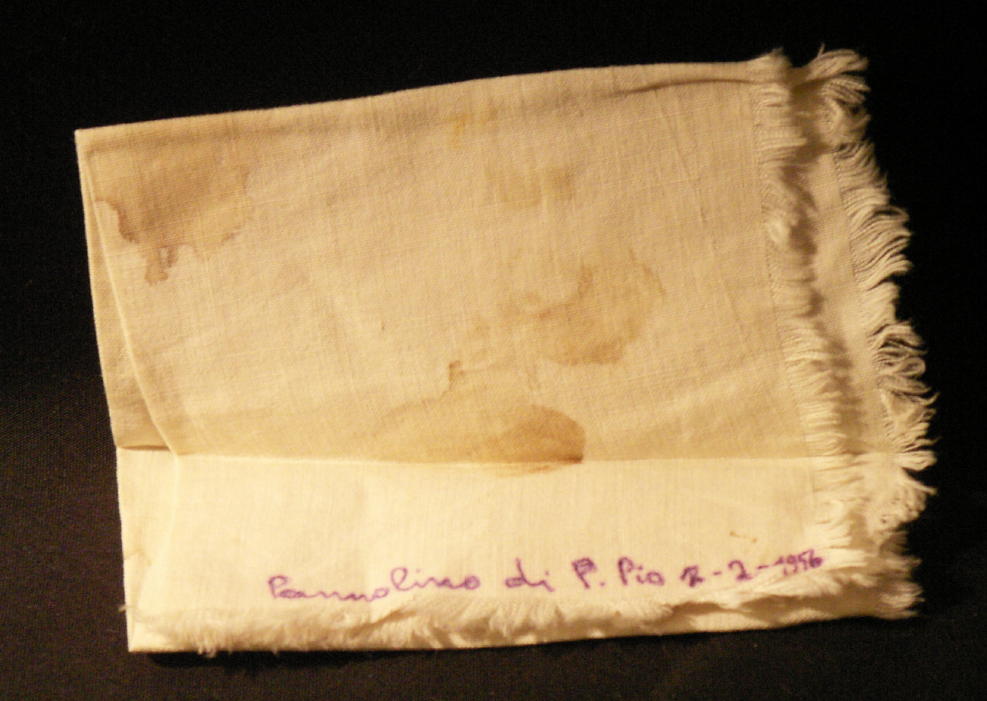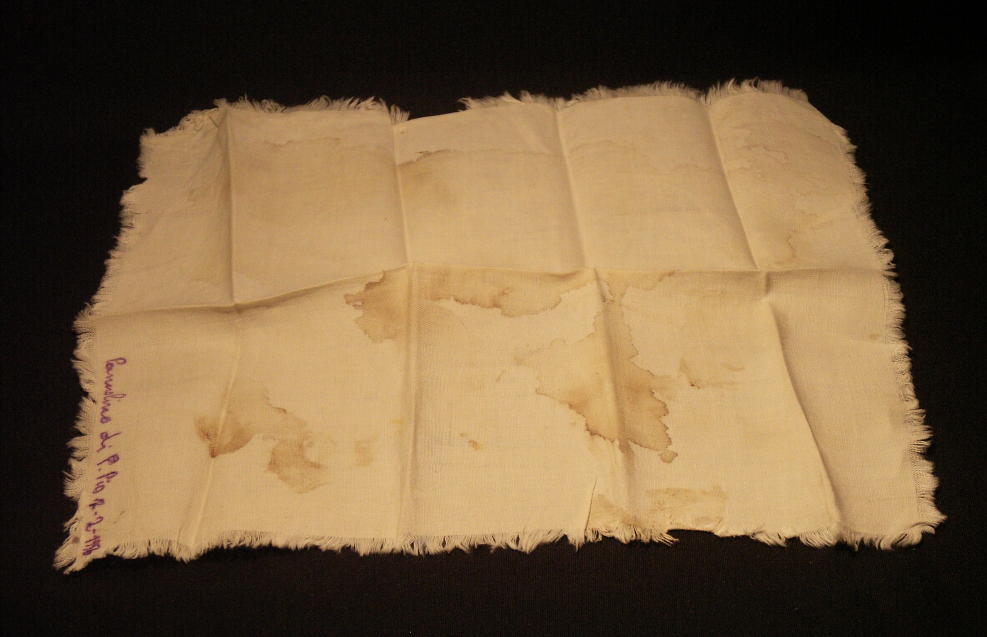|
San Pio da Pietrelcina
Padre Pio was a capuchin friar who spent 52 years in the San Giovanni Rotondo convent. He was the only catholic priest who has received the stigmata. He celebrated Mass from 5 to 8 and heard the confessions of men and women from 8 to 5. He prayed the rosary several times a day, conceived and realized a hospital for the poor, and dreamed of a church large enough to accommodate the crowds of pilgrims who visit San Giovanni Rotondo. He never went on vacation, never had an advancement in career, never wrote a book. He did not make eloquent speeches and never waived in his obedience to the Church. He was focused only on loving God, saving souls, and alleviating suffering. He would enumerate the sins those confessing to him had forgotten, he bilocated in many places all over the world usually accompanied by an intense perfume, he advised on events that would be coming. His wounds never stopped bleeding. His body never stopped suffering. His mind never stopped thinking of God. His lips never stopped praying, and his heart never stopped loving.
Padre Pio era un frate cappuccino che passo' 52 anni nel convento di San Giovanni Rotondo. Egli fu l'unico sacerdote cattolico a ricevere le stimmate. Egli celebrava Messa dalle 5 alle 8, confessava uomini e donne dalle 8 alle 5, recitava il rosario diverse volte al giorno, costrui' un ospedale per i poveri, sogno' una chiesa grande abbastanza da contenere le folle di pellegrini. Padre Pio non ando' mai in vacanza, non ebbe mai una promozione in carriera, non scrisse nessun libro, non pronuncio' discorsi eloquenti, mai vacillo' nella sua obbedienza alla Chiesa. Egli pensava solo ad amare Dio, salvare anime, alleviare le sofferenze. Egli enumerava i peccati dimenticati, ando' in bilocazione in molti posti intorno al mondo accompagnato usualmente da un intenso profumo, consigliava su eventi che sarebbero accaduti in futuro. Le sue ferite mai smisero di sanguinare, il suo corpo mai smise di soffrire, la sua mente mai smise di pensare a Dio, le sue labbra mai smisero di pregare, il suo cuore mai smise di amare. |
|
"Il mio vivere è Cristo" (Christ is my life.) |
|
Padre Pio was born in Pietrelcina, 8 miles from Benevento, Campania region, southern Italy. Padre Pio nacque in Pietrelcina, 12 chilometri da Benevento, in Campania, nel Sud d'Italia. |
|
"Di Pietrelcina ricordo pietra su pietra. La custodiro' come la pupilla dei miei occhi" ( I remember every stone of Pietrelcina. It will be the apple of my eye) |
|
|
|
"Salutatemi Pietrelcina. La tengo tutta chiusa nel mio cuore." (Say hi to Pietrecina. I have it sealed in my heart.) |
|
Padre pio's parents: Grazio Forgione and Maria Giuseppa Di Nunzio I Genitori di Padre Pio: Grazio Forgione e Maria Giuseppa Di Nunzio. |
|
Padre Pio was born in this house on May 25, 1887 Casa dove nacque Padre Pio il 25 maggio 1887 |
|
Inside of the house. Padre Pio was the fourth of seven children. Interno dell'abitazione. Padre Pio era il quarto di sette figli. |
|
"Tutto è avvenuto li'. Li' c'è stato Gesù " (Everything happened there. Jesus was there) |
|
St. Anna's church, where Padre Pio was baptized on May 26, 1887, the day after his birth. La chiesa di sant'Anna, dove fu battezzato il 26 maggio 1887, il giorno dopo la nascita. |
|
Dal direttore spirituale sappiamo che fin dall'età di 5 anni ebbe le prime estasi e desiderò di consacrarsi totalmente a Dio. From his spiritual director we know that from the age of five he had ecstasies and decided to consecrate himself totally to God. |
|
Il giovane Francesco fece gli studi ginnasiali privatamente, con i soldi che il padre inviava dall'America dove era emigrato come tanti suoi conterranei. (The young Francesco studied in his middle school years with a private tutor, using the money that his father sent from the Unites States of America, where he was an immigrant like many others from the area.)
|
|
"Mio padre varco' due volte l'oceano per darmi la possibilita' di diventare frate" (My father crossed the ocean twice to give me the possibility to become a friar.) |
|
On January 6, 1903, at the age of 16, he decided to become a novice at the convent of Morcone (Benevento), where the following January 22, he received the franciscan robe, taking on the name of brother Pio. Il 6 Gennaio 1903, all'età di sedici anni decise di entrare nel noviziato cappuccino di Morcone(Benevento)., dove il successivo 22 Gennaio vesti' l'abito francescano assumendo il nome di fra Pio.
|
|
The convent at Morcone, and brother Pio's cell. Convento di Morcone e cella di fra Pio. |
|
"Dove meglio
potrei servirti, o Signore, se non nel Chiostro e sotto la bandiera del Poverello d'Assisi?'
(Where better could I serve you, o Lord, if not in the cloister and under the flag of the poor little one of Assisi?) |
|
From Morcone he moved to Sant'Elia a Pianisi (noted by a star) for high school, and subsequently to San Marco la Catola to study philosophy.
Da Morcone si trasferisce a Sant'Elia a Pianisi (indicato dalla stella) per il ginnasio e il liceo, e a San Marco la Catola per lo studio della filosofia.
|
|
"Io mi voglio fare monaco con la barba" (I want to be a friar with a beard.) |
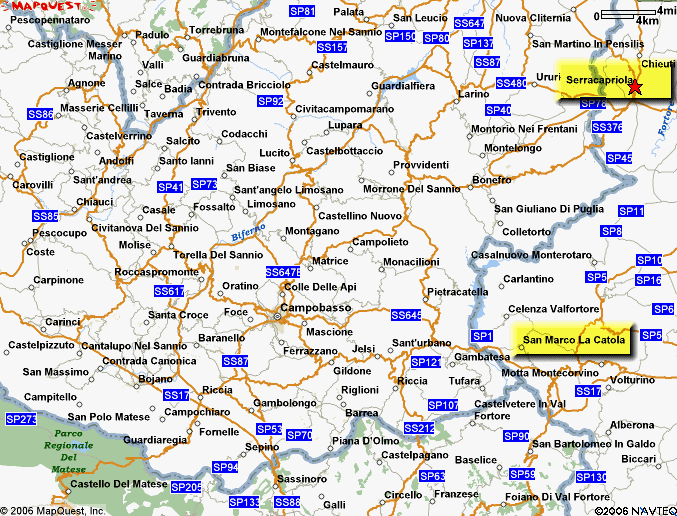 On January 1907 brother Pio professed the solemn vows and moved to Serracapriola to study theology under the tutoring of father Agostino, his spiritual director, and of father Benedetto, head of the province. Both teachers were from San Marco in Lamis.
Il 27 gennaio del
1907 fra Pio emette la professione dei voti solenni e raggiunge
Serracapriola per lo studio della teologia guidato da padre Agostino,
suo direttore spirituale insieme al provinciale padre Benedetto,
entrambi da San Marco in Lamis. |
|
"Io fra Pio da
Pietrelcina, chiedo e prometto a Dio onnipotente, e alla beata Maria
vergine, e al beato Francesco, e a tutti i Santi, e a te o Padre, di
osservare per tutto il tempo della mia vita la Regola dei Frati Minori,
dal signor papa Onorio confermata, vivendo in obbedienza, poverta' e in
castita' " (I, brother Pio from Pietralcina, ask and promise to God the Omnipotent, and to the blessed Virgin Mary, and saint Francis, and all the Saints, and to you father, to observe in all my life the Rules of the Minor Friars, confirmed by pope Onorio, living in obedience, poverty, and chastity.) |
|
Serracapriola: the town, the convent, the dining room. Serracapriola: citta', convento, refettorio. |
|
Padre Pio continued studying philosophy in Montefusco and in Gesualdo (two villages indicated by stars). Padre Pio prosegue gli studi di filosofia a Montefusco e Gesualdo (due paesi indicati dalla stella). |
|
Convento di Montefusco Convento di Gesualdo |
|
On December 1908, in Benevento, he received the minor orders and the sub diaconate. In all that time he suffered from an unexplainable and painful disease that would keep him away from the capuchin community. Padre Pio was ordained a priest on August 10, 1910, in the cathedral of Benevento. Nel dicembre del 1908 a Benevento riceve gli ordini minori e il suddiaconato. Per tutto questo periodo è afflitto da una inspiegabile e dolorosa malattia che lo terrà quasi sempre lontano dalla comunità cappuccina. Padre Pio fu ordinato sacerdote nel duomo di Benevento il 10 agosto 1910. |
|
|
|
"Sono divorato dall'amore di Dio e del prossimo" (I'm devoured by the love of God and my neighbor" |
|
In of October 1911, after a physical examination by dr. Antonio Cardarelli in Naples, Padre Pio was sent to Venafro. According to the diagnosis of the celebrated physician, the young friar's days were numbered, and he couldn't travel long distances which is why he was sent to Venafro, location of the closest convent. During the month and a half stay in that convent, the community noticed the first supernatural phenomena: divine ecstasies lasting up to one hour, and diabolic apparitions lasting a few minutes. Nell'ottobre 1911, dopo una visita medica dal dottor Antonio Cardarelli a Napoli, Padre Pio viene condotto a Venafro, perché, secondo la diagnosi del celebre medico, il giovane frate aveva i giorni contati, non poteva viaggiare a lungo ed il convento di Venafro era il più vicino. Durante il mese e mezzo passato in questo convento, la fraternità si accorse dei primi fenomeni soprannaturali: estasi divine della durata anche di un'ora e apparizioni diaboliche, di breve durata. |
|
In February of 1916, he was sent to the convent of saint Anna in Foggia in search of a more suitable place for his frail health. But even there he continued to feel sick: vomiting, sudden sweats, dizziness, and a very high fever. At night, terrifying noises came from his room. They ended with a boom that would shake the walls and terrorize the other friars. He told father Benedetto that it was the devil who, unable to win, exploded in fits of rage. In July 1916, he went for a supposedly brief stay to the convent of San Giovanni Rotondo, just for the summer. The climate appeared to be beneficial to him, and instead of a few weeks, he stayed there for 52 years, until his death. A febbraio del 1916 venne mandato nel convento di Sant'Anna a Foggia alla ricerca di un posto benefico per la sua salute. Ma anche a Foggia Padre Pio seguitò a star male: vomito, sudorazioni improvvise, capogiri, febbri altissime. La notte, poi, dalla sua cella provenivano terrificanti rumori che si concludevano con un boato tale da scuotere i muri e terrorizzare i confratelli. A Padre Benedetto disse poi che era il diavolo il quale, non potendo vincere, per la rabbia "schiattava". Per sfuggire all'afosa calura estiva di Foggia, Padre Pio a luglio del 1916 giunse per un breve soggiorno nel convento di San Giovanni Rotondo, piccolo paese sul versante meridionale del Gargano. Il clima si rivelò salutare ed egli vi resterà cinquantadue anni, fino alla morte. |
|
|
|
"Io vivo per Gesù Cristo, vivo alla sua gloria, vivo a servirlo, vivo per amarlo" (I live for Jesus Christ, I live for his glory, I live to serve him, I live to love him) |
|
The eleven convents where Padre Pio stayed during his life. Gli 11 conventi dove Padre Pio soggiorno' nel corso della sua vita.
|
|
"Dio per me è sempre fisso nella mente e stampato nel cuore" (God is always fixed in my mind and imprinted in my heart) |
|
There was no paved road when Padre Pio went to San Giovanni Rotondo. In time things changed greatly. Non c'era strada quando Padre Pio ando' a San Giovanni Rotondo. Col tempo le cose cambiarono enormemente.
|
|
"Non dubitate del divino aiuto" (Do not doubt divine help) |
|
Padre Pio's cell at San Giovanni Rotondo's convent. La cella di Padre Pio al convento di san Giovanni Rotondo.
|
|
St. Francis of Assisi had the stigmata. But Saint Francis was not a priest. He was a deacon. The stigmata are the bodily wounds on the hands, feet and side corresponding to those inflicted on Jesus at the Crucifixion. San Francesco di Assisi aveva le stimmate. Ma San Francesco non era un sacerdote; era un diacono. Le stigmate sono delle ferite sul corpo, sulle mani, sui piedi, e sul costato, e corrispondono a quelle inflitte a Gesù durante la crocifissione.
|
|
" Signore, voglio espiare i peccati di tutti, come tu hai fatto sulla Croce" (Lord I want to expiate the sins of all, like you did on the cross) |
Padre Pio is the only ordained Roman Catholic Priest to receive the stigmata. Padre Pio è l'unico sacerdote che ha ricevuto le stimmate.
|
|
The Crucifix from which Padre Pio received the Stigmata, located in the choir loft of the original church. Padre Pio received the stigmata on September 20, 1918, while praying after celebrating Mass. He was 31 years old. Il Crocefisso da cui Padre Pio ricevette le stimmate, situato nel coro della vecchia chiesa. Padre Pio ricevette le stimmate il 20 settembre 1918, mentre pregava dopo aver celebrato la Messa, a 31 anni di eta'. |
"Suddenly I was wrapped in a sea of blazing light. In that light I saw Jesus. He was very beautiful. From his wounds came rays of very bright white light that penetrated my hands, my feet, my side. They were like blades of fire that penetrated my skin piercing, cutting, breaking. I felt that I would die. The pain was immense). |
|
He used to cover the wounds with gloves that would leave his fingers free. Padre Pio usava coprire le stimmate delle mani con mezzi guanti che lasciavano le dita scoperte.
|
|
"Ma tu credi che le stimmate siano semplici decorazioni?" "Do you think that the stigmata are simply decorations?" |
|
Sometimes his superiors ordered him to uncover his hands so that the wounds could be photographed. Qualche volta i superiori gli ordinarono di scoprire le mani, così che le ferite potessero essere fotografate.
|
|
"Lasciami il dolore, ma toglimi questi segni che mi mettono in confusione." (Leave me the pain, but remove from me these signs that embarrass me.) |
|
He used to remove the gloves before celebrating Mass. Egli usava rimuovere i guanti prima di celebrare la Messa. The wounds could be observed during the celebration of the Mass. Le ferite potevano essere viste durante la Messa.
|
|
Padre Pio celebrated mass in the church of the convent. It was small and crowded. Padre Pio celebrava la messa nella chiesa del convento, piccola e affollata.
|
|
A new church was consecrated on July 1, 1959. Una nuova chiesa fu consacrata il primo luglio 1959
|
|
Padre Pio spent most of his day from 8 to 5 hearing confessions.
People would come to him from all over the world. He heard the
confessions in the old church, even after the new church was built.
For the women there was a confessional. The men confessed in the old
sacristy.
Padre Pio passo' gran parte della sua giornata dalle 8 alle 5 nel confessionale. La gente veniva da ogni parte del mondo. Egli confessava nella vecchia chiesa, anche dopo che la nuova chiesa fu costruita. La confessione delle donne si teneva in un confessionale. Gli uomini si confessavano nella vecchia sacrestia.
"Signore, non colpire i miei poveri fratelli, colpisci me" "O lord, don't strike my poor brothers, strike me."
|
|
"Recitate frequentemente il rosario. Costa così poco e vale così tanto!" "Pray the rosary frequently. It costs so little, and it's worth so much!" |
|
Padre Pio used to carry a rosary in his hands and would pray it many times a day. Padre Pio teneva sempre una corona nelle sue mani, e recitava il rosario molte volte al giorno
"Io sono soltanto un povero frate peccatore che prega" (I am only a poor sinning friar who prays)
"Non sai che il bene è il frutto di molte lacrime e di molta sofferenza? (Don't you know that good works are the fruit of many tears and of a lot of suffering?) . "Mio pane quotidiano e mia delizia è la sofferenza" (Suffering is my daily bread and my delight)
16 aprile 1965 |
|
Padre Pio had many spiritual children. he would get all of their messages, written or sent to him by other means, and he would find a way to answer to all of them. Padre Pio ebbe molti figli spirituali. Egli riceveva tutti i loro messaggi, datigli per iscritto o in tanti altri modi, e trovava il modo di rispondere a tutti.
"La preghiera è l'effusione del nostro cuore in quello di Dio" "Praying is the pouring of our heart into the heart of God"
""Quando il Signore mi chiamera', io gli diro' "Signore, io resto alla porta del Paradiso: ci entro quando ho visto entrare l'ultimo dei miei figli" (When the lord will call me, I'll tell him: Lord, I'll wait at the door of Paradise: I will enter only when I've seen the last of my children enter.)
|
•
"Il buon Dio mi ha affidato una missione terrena: la fondazione di una clinica per i poveri infermi d'anima e di corpo.La clinica sorgera' bella e grande." (The good Lord gave me an earthly mission: the creation of a clinic for the poor of soul and body. The clinic will rise beautiful and large.)
To serve poor people, Padre Pio raised money, and built a free Hospital, and called it “The House for the Relief of Suffering”. Mary Pyle, an American citizen, was of special help to him. Per servire i poveri Padre Pio raccolse i fondi e costrui' un ospedale gratuito che chiamo "Casa Sollievo della sofferenza" Mary Pyle,una cittadine americana, fu di speciale aiuto per lui.
Padre Pio at the ribbon cutting ceremony on May 5, 1956 Padre Pio taglia il nastro inaugurale il 5 maggio 1956
"Qui' sorgera il più grande centro per la cura dei mali dell'uomo" (Here will stand the largest center for the cure of the human ailments.)
|
|
"Quando è fatta bene, la preghiera commuove il cuore divino e lo invita sempre più ad esaudirci" "when it is done well, prayer moves the divine heart, and solicits answers more and more" |
| The Prayer Groups of Padre Pio The Prayer Groups were started by Padre Pio in the 40's, are disseminated all over the world. They are mentioned for the first time in the June 1950 issue of the "Bollettino della Casa sollievo della sofferenza" (see a random issue below). They are spontaneous groups, linked by the love for Padre Pio, and, in tune with the Church. participants resolve to follow the principles of the franciscan spirituality of Padre Pio. The groups are under the guidance of the 'Opera di Padre Pio'
I gruppi di preghiera di Padre Pio I gruppi di Preghiera istituiti da Padre Pio negli anni 40, sono disseminati in tutto il mondo. Essi furono menzionati per le prima volta nel giugno 1950 sul Bollettino della Casa Sollievo della Sofferenza (vedi sotto un'edizione scelta a caso). Sono gruppi spontanei uniti dall'affetto a Padre Pio, che in sintonia con la Chiesa, si propongono di seguire i principi generali della spiritualita' francescana di Padre Pio. Essi sono guidati dall 'Opera di Padre Pio'
|
|
Other moments in the day of Padre Pio. Altri momenti nella vita di Padre Pio
"Mio cibo è fare la volonta' del Signore" (My food is to do god's will)
"Aiutatemi a portare la Croce, io che la porto per tutti" "Help me to carry the Cross, I who carry it for all."
"Prendete di mira ed emendatevi di quel difetto che più vi impedisce di unirvi a Dio" (Focus on and remove the defect that most prevents you from joining God.)
"In the end, the gamble of our life is all in this Child. In him everything has an answer, even to the most difficult questions. Without him - only a big void."
"Alla fine, la scommessa della nostra vita sta tutta in questo
Bambino. Con Lui tutto ha una risposta, anche alle domande più
difficili. Senza di Lui, solo un grande vuoto". |
|
these are facial expressions of Padre Pio. Queste sono varie espressioni del volto di Padre Pio.
"O morire o amare Dio" "die or love god"
2 settembre 1965
3 Novembre 1965
|
|
"è più facile che la terra si regga senza il sole che senza la Messa" (It is easier for the earth to be without the sun than without the mass.) |
|
The highlight of Padre Pio's day was the Mass. It lasted from 90 minutes to more than 3 hours. La parte più importante della giornata di Padre Pio era la Messa, che durava da 90 minuti a 3 ore e più
|
|
During the mass one could feel that he had a direct line with the supernatural. Durante la messa si percepiva che lui avesse una linea diretta col soprannaturale.
|
|
The last mass celebrated by Padre Pio on September 22, 1968 Ultima Messa di Padre Pio il 22 settembre 1968 |
|
Padre Pio died on September 23, 1968. Padre Pio morì il 23 settembre 1968 |
|
Padre Pio's grave. La tomba di Padre Pio
Pope John Paul II visited Padre Pio's grave on May 27, 1987 Il Papa Giovanni Paolo II visito' la sua tomba il 27 maggio 1987. |
|
Padre Pio Was Proclaimed
Blessed on May 2, 1999. He was proclaimed a saint on June 16, 2002.
The ceremonies were presided by the pope John Paul II, in Saint
Peter's square. Hundreds of thousands of pilgrims were present.
Padre Pio fu proclamato Beato il 2 Maggio 1999. Egli fu dichiarato santo il 16 Giugno 2002. Le cerimonie furono presiedute dal papa Giovanni Paolo II in Piazza San Pietro. Erano presenti centinaia di migliaia di pellegrini. Padre Pio's church in San Giovanni Rotondo the day of the ceremony. La chiesa di Padre Pio in San Giovanni Rotondo il giorno della cerimonia.
Pictures from Saint Peter's Square. Foto di Piazza San Pietro.
|
|
In 2004 there was the grand opening of the new church near the convent of Padre Pio in San Giovanni Rotondo designed by the architect Renzo Piano. Nel 2004 fu inaugurata la nuova chiesa vicino al convento di Padre Pio in San Giovanni Rotondo, progettata dall'architetto Renzo Piano
|
|
"Rendete sempre grazie a Dio dei favori ricevuti, e questa sarà la migliore disposizione per ricevere nuovi favori" (Always be thankful to the Lord for what you have received. This will be the best approach to receive more favors.) |
|
Rosary held and blessed several times by Padre Pio. Rosario tenuto in mano e benedetto da Padre Pio. |
|
Crucifix that Padre Pio blessed, kissed, and held in his hands several times. Crocifisso che Padre Pio benedisse, bacio', e tenne nelle sue mani diverse volte. |
|
Prayer card handwritten by Padre Pio on October 19, 1957. " Maria non ritiri mai da te il suo sguardo materno. p. Pio" (May Mary never withdraw from you her maternal sight) |
|
Prayer card handwritten by Padre Pio on November 18, 1957. "Maria ti guardi sempre con occhio materno p. Pio" (May Mary gaze upon you with maternal eye.) |
|
Prayer card handwritten by Padre Pio on October 18, 1957. "Gesù ti sia scolpito sempre nella tua mente. p. Pio Cappuccino" (May Jesus always be etched in your mind.) |
|
One of the very first payer cards issued after Padre Pio's death to obtain his glorification. Una delle prime immaginette emesse dopo la morte di Padre Pio per ottenere la sua glorificazione. |
|
Cloth used by Padre Pio on the wound on his side, on February 7, 1956 Pannolino usato da Padre Pio sulla ferita del costato, il 7 Febbraio 1956 |
|
Original 32 x 24 inches byzantine icon of Padre Pio by artist Beverly Layton, Lawton 2005. Icona originale in stile bizantino, 81 x 61 centimetri, dell'artista Beverly Layton di Lawton nel 2005 |
|
"Mentre facciamo una cosa, facciamola come se questa dovesse essere l'ultima." (When we do something, let's do it as if it were the last thing we will ever do.) |
.jpg)
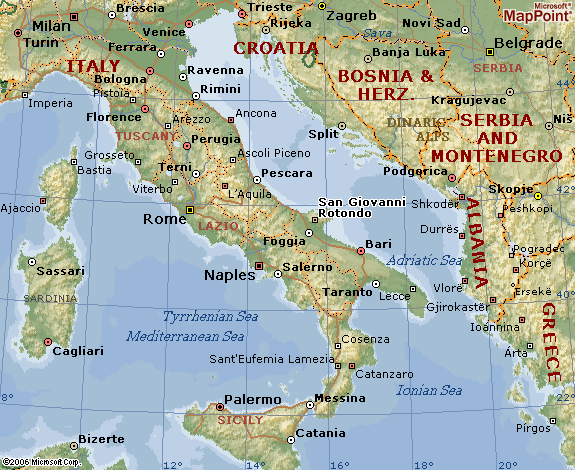
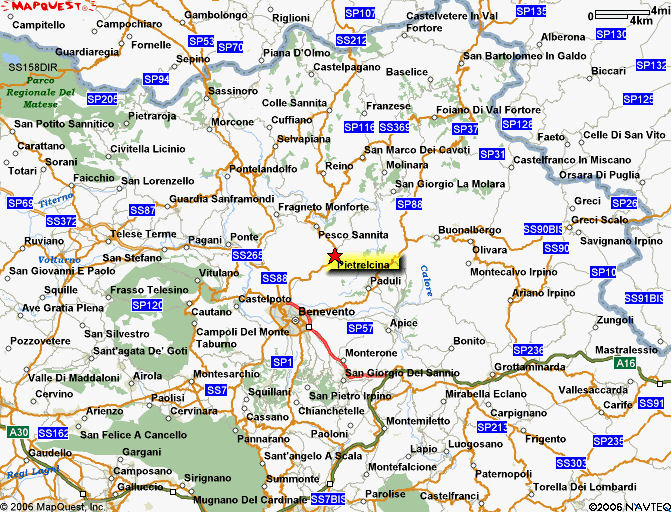
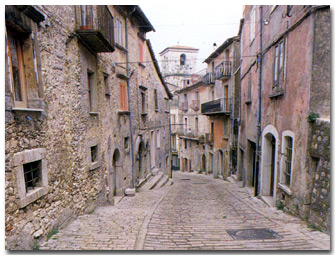
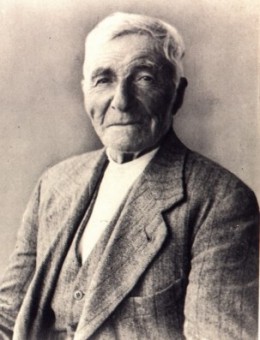
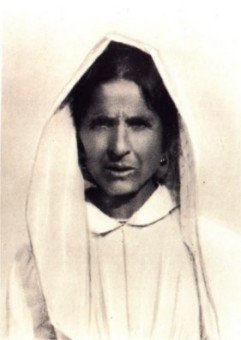
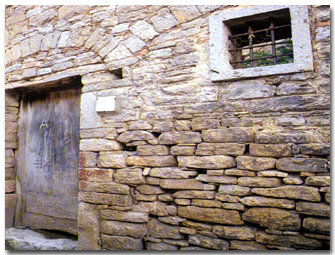
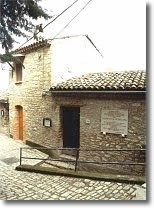
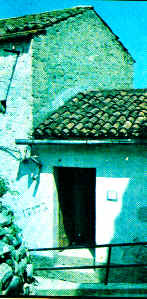
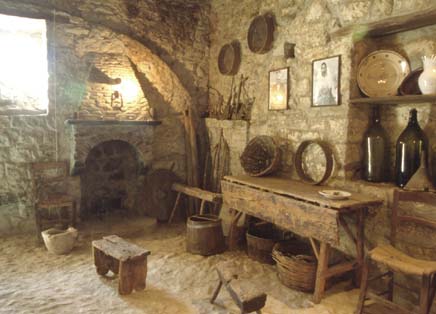
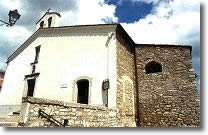
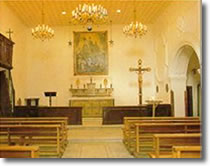
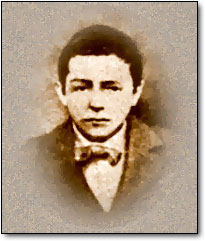
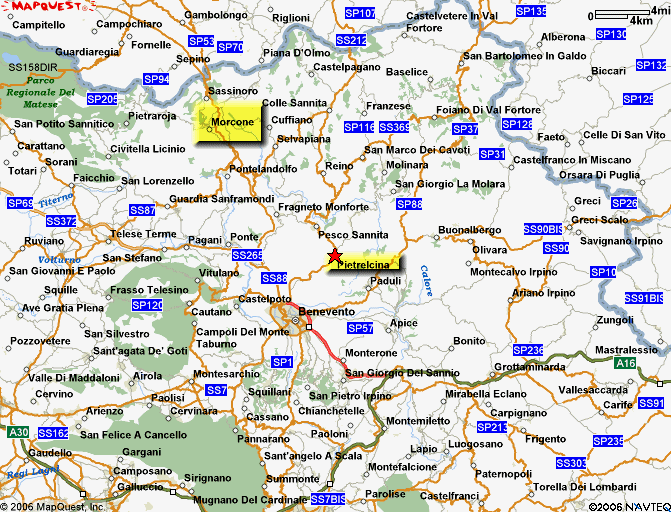
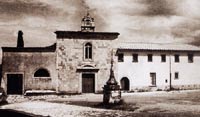
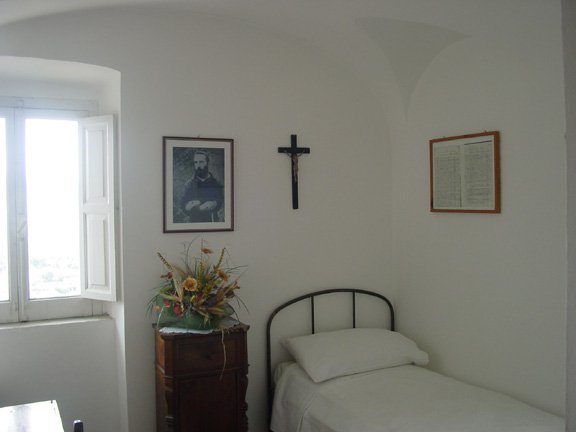
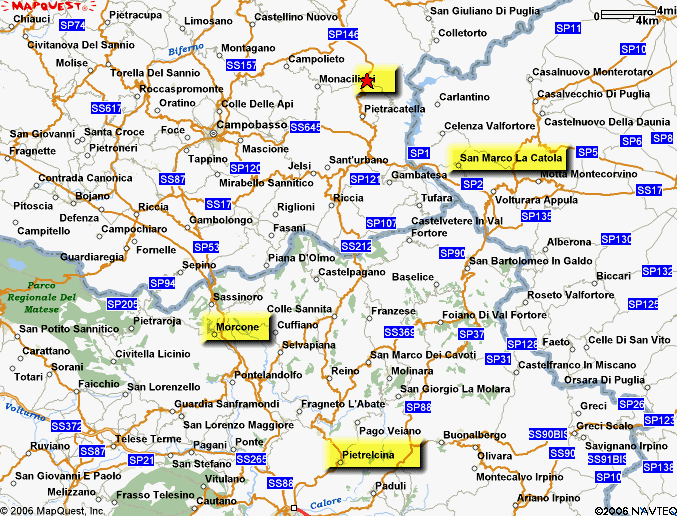
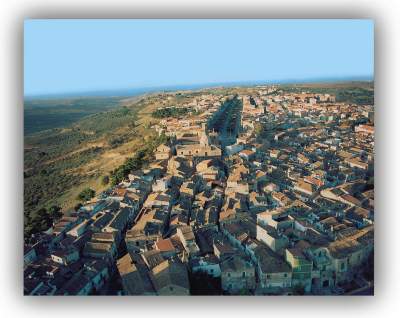
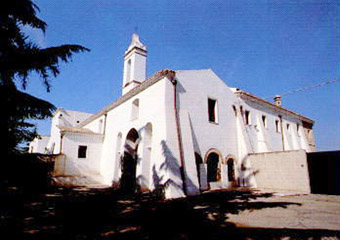
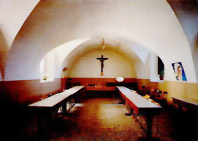
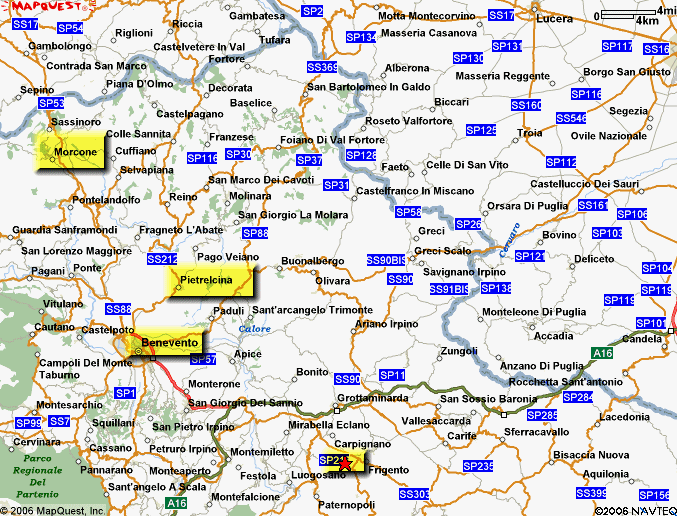
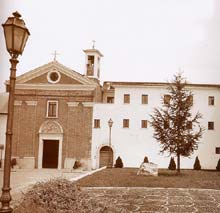
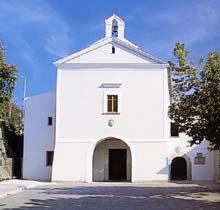
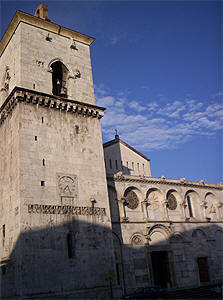
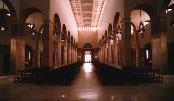

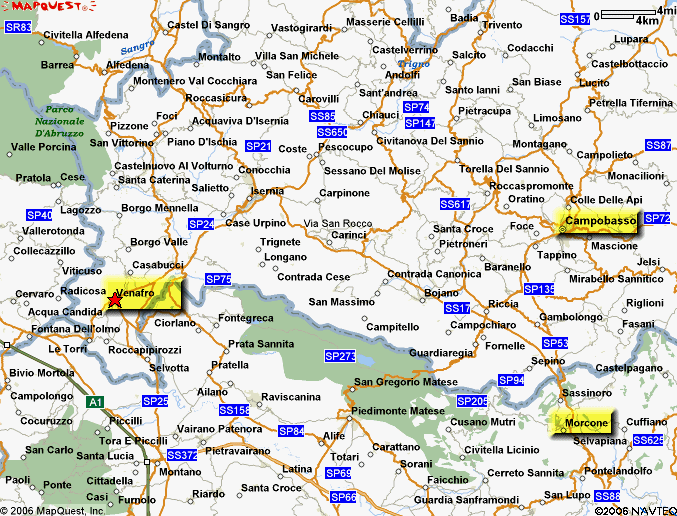
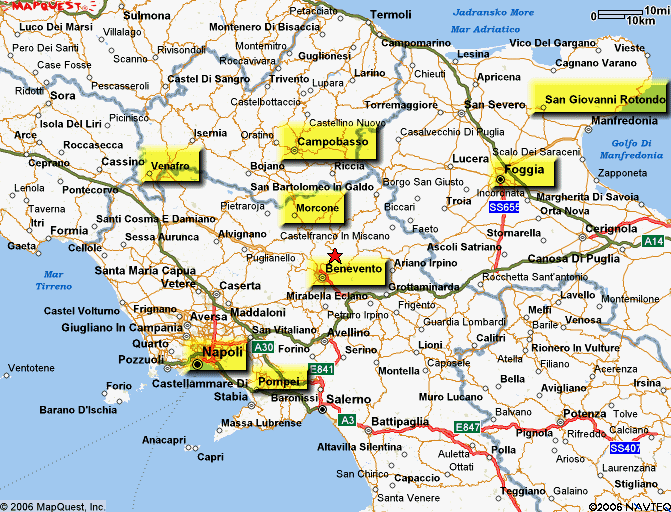
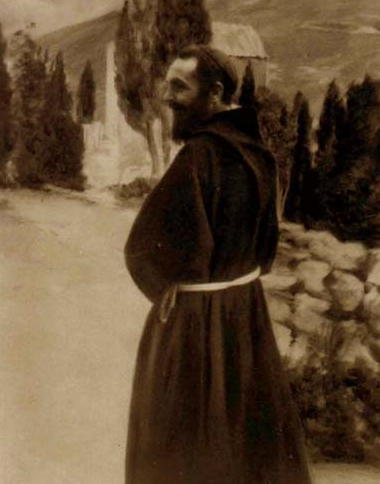
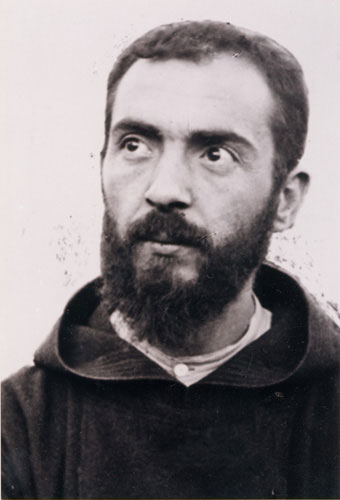
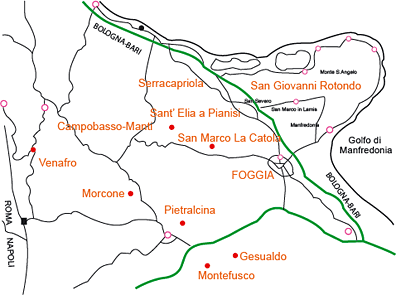

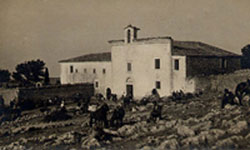

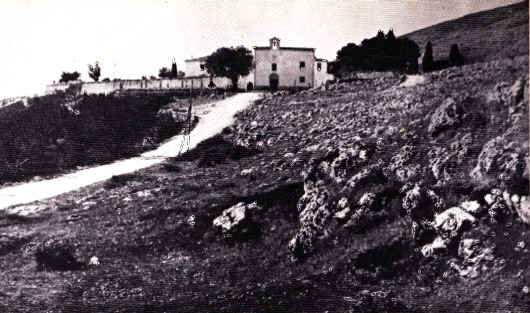


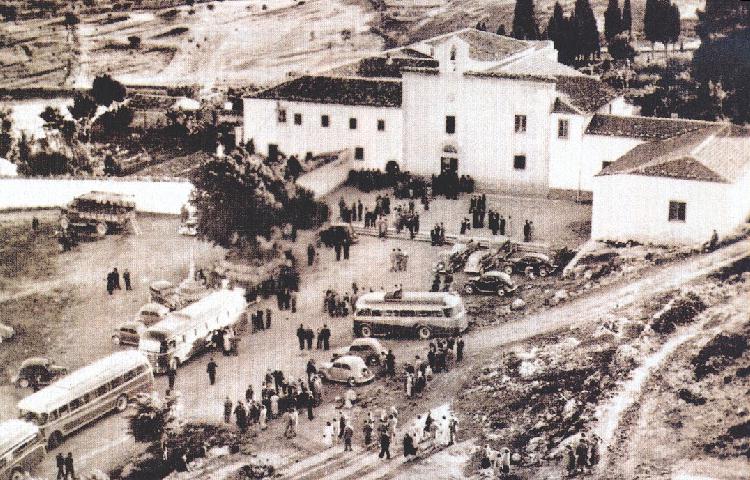

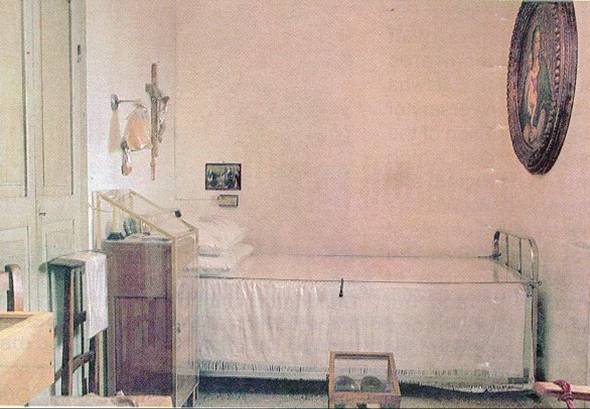
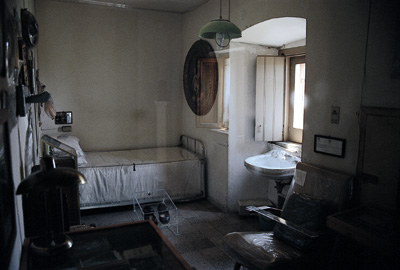
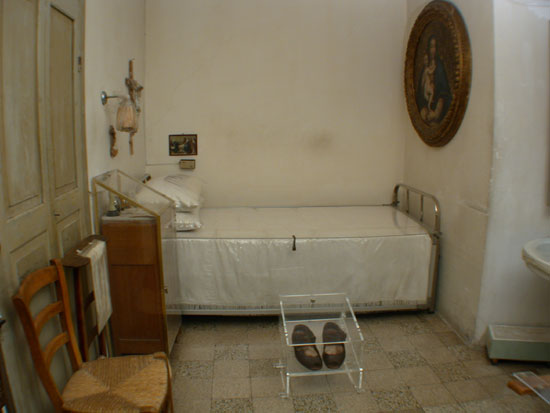


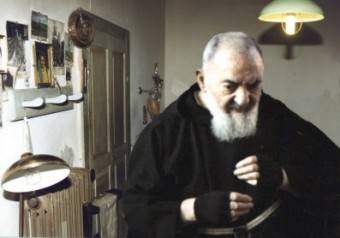
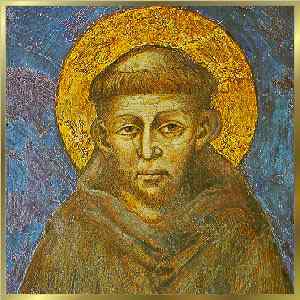

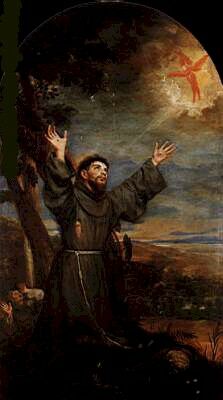
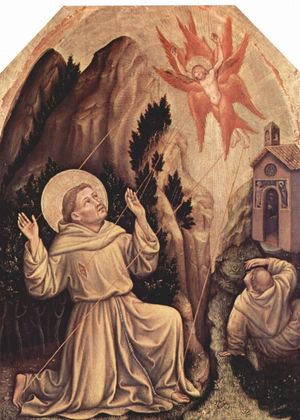
.jpg)
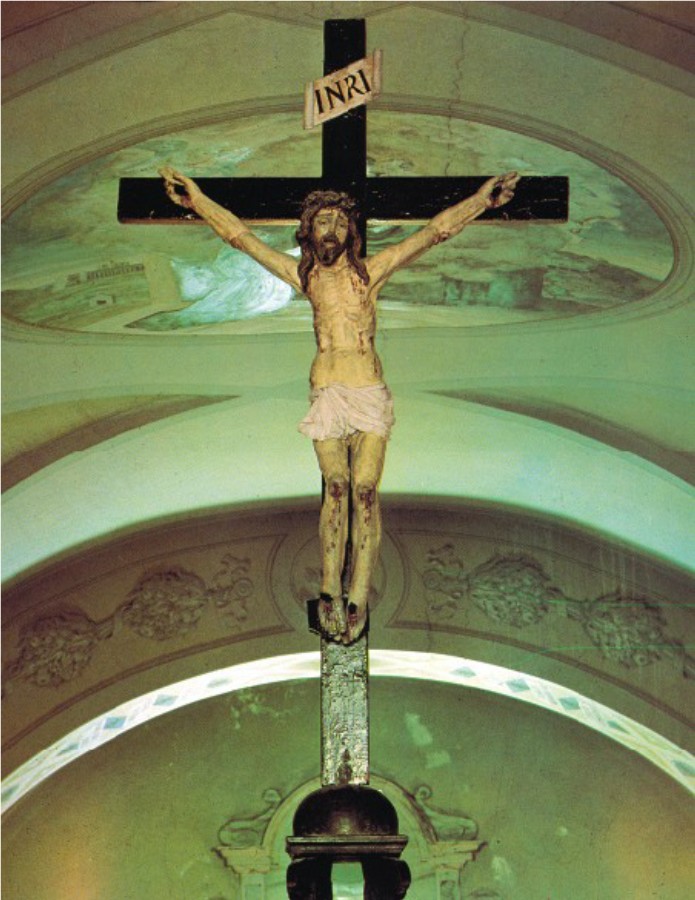
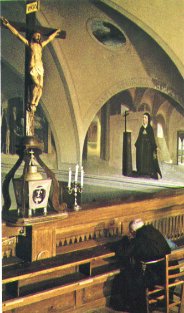
.jpg)
.jpg)
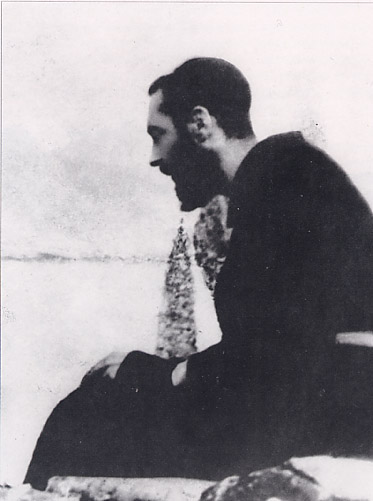
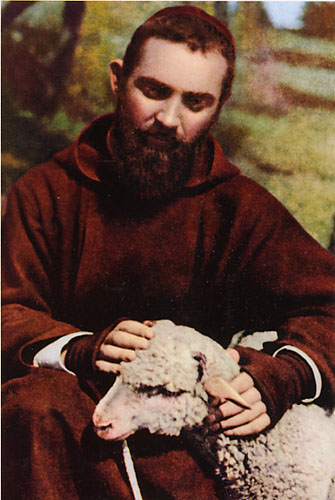
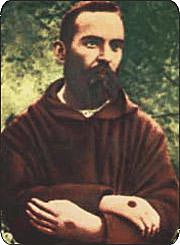
.jpg)


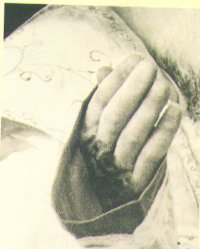
.jpg)





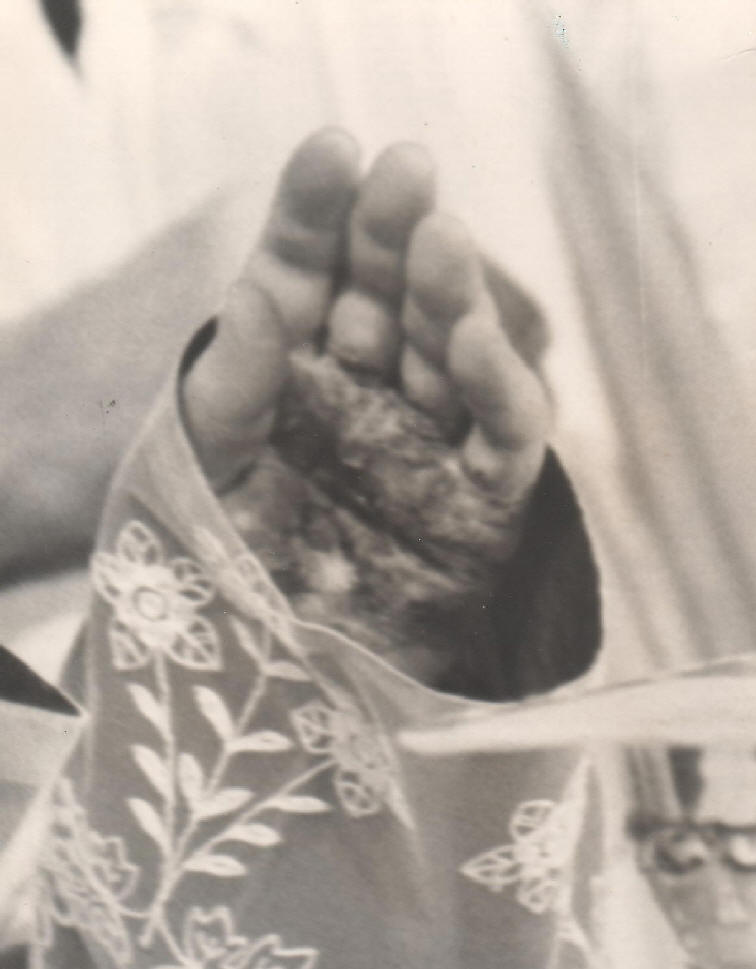
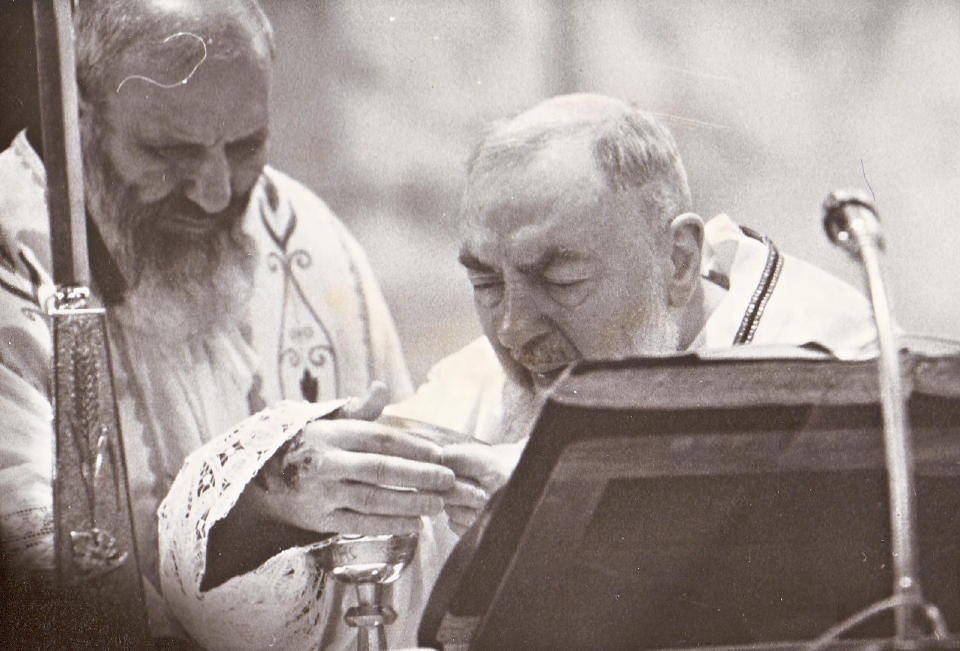
.jpg) 27 marzo 1967
27 marzo 1967

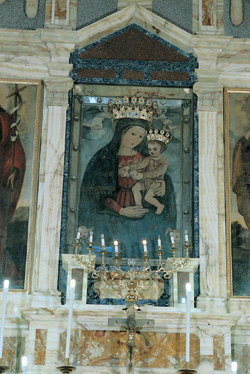
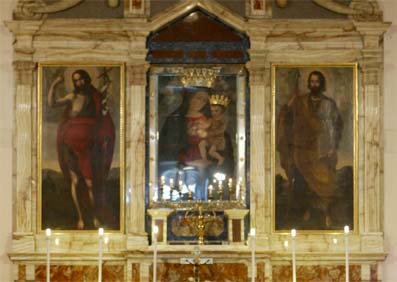
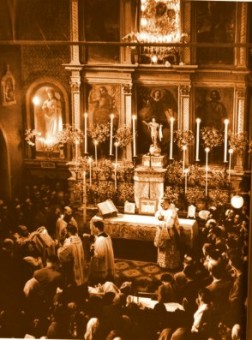


.gif)
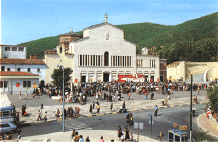

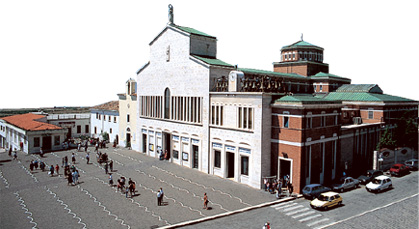
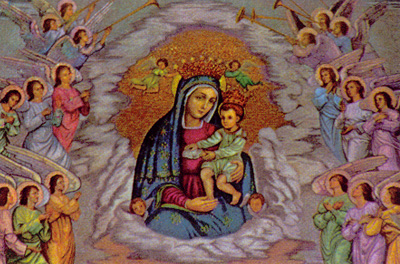
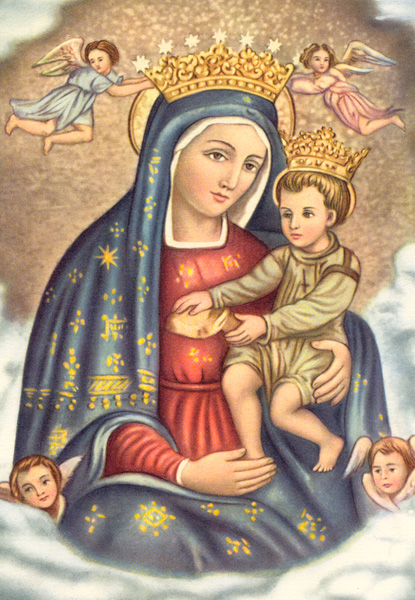
.jpg)

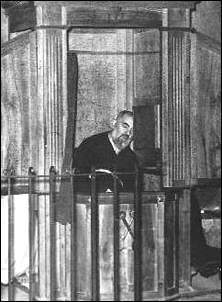


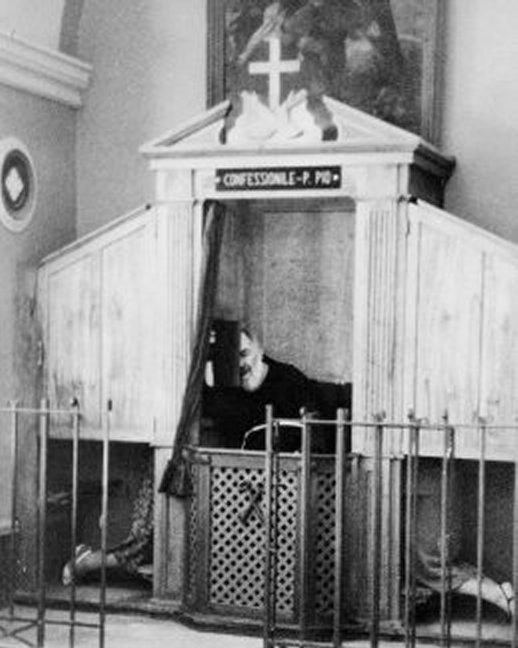
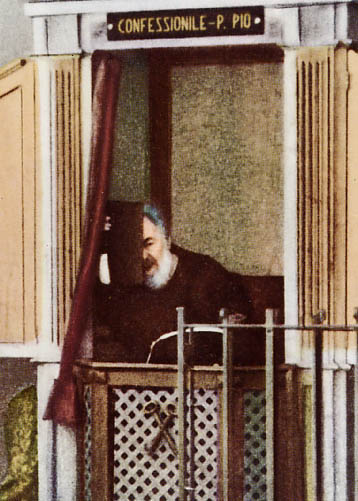
.jpg)
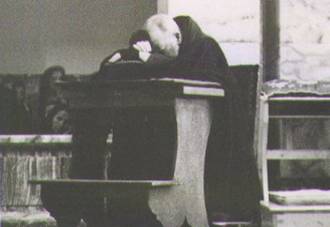
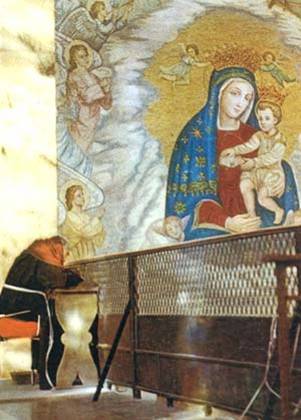
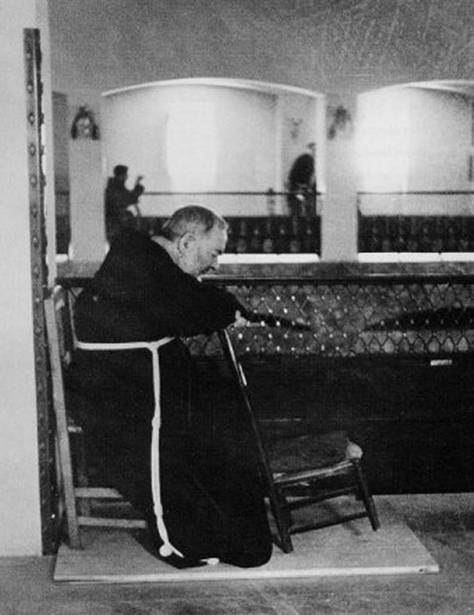
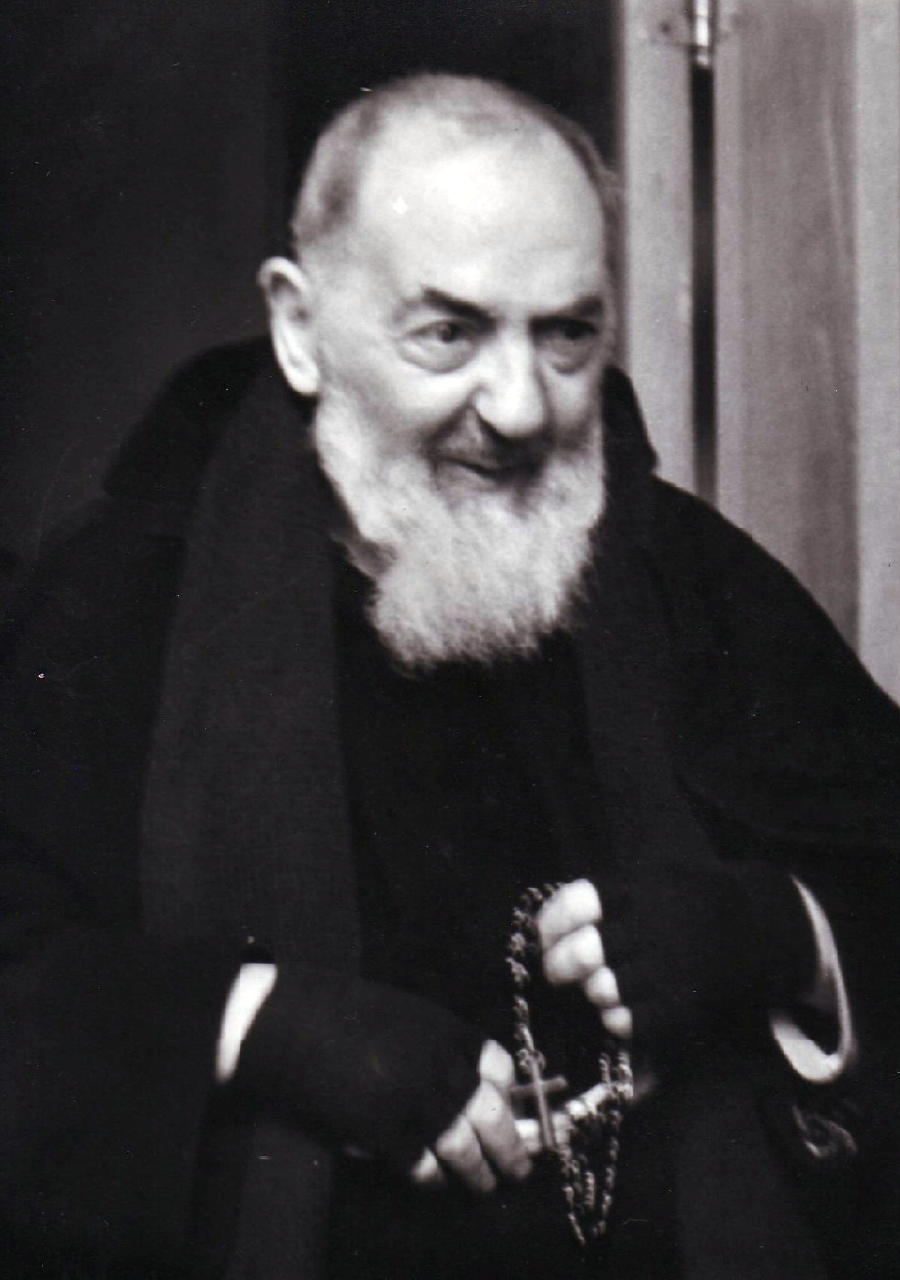
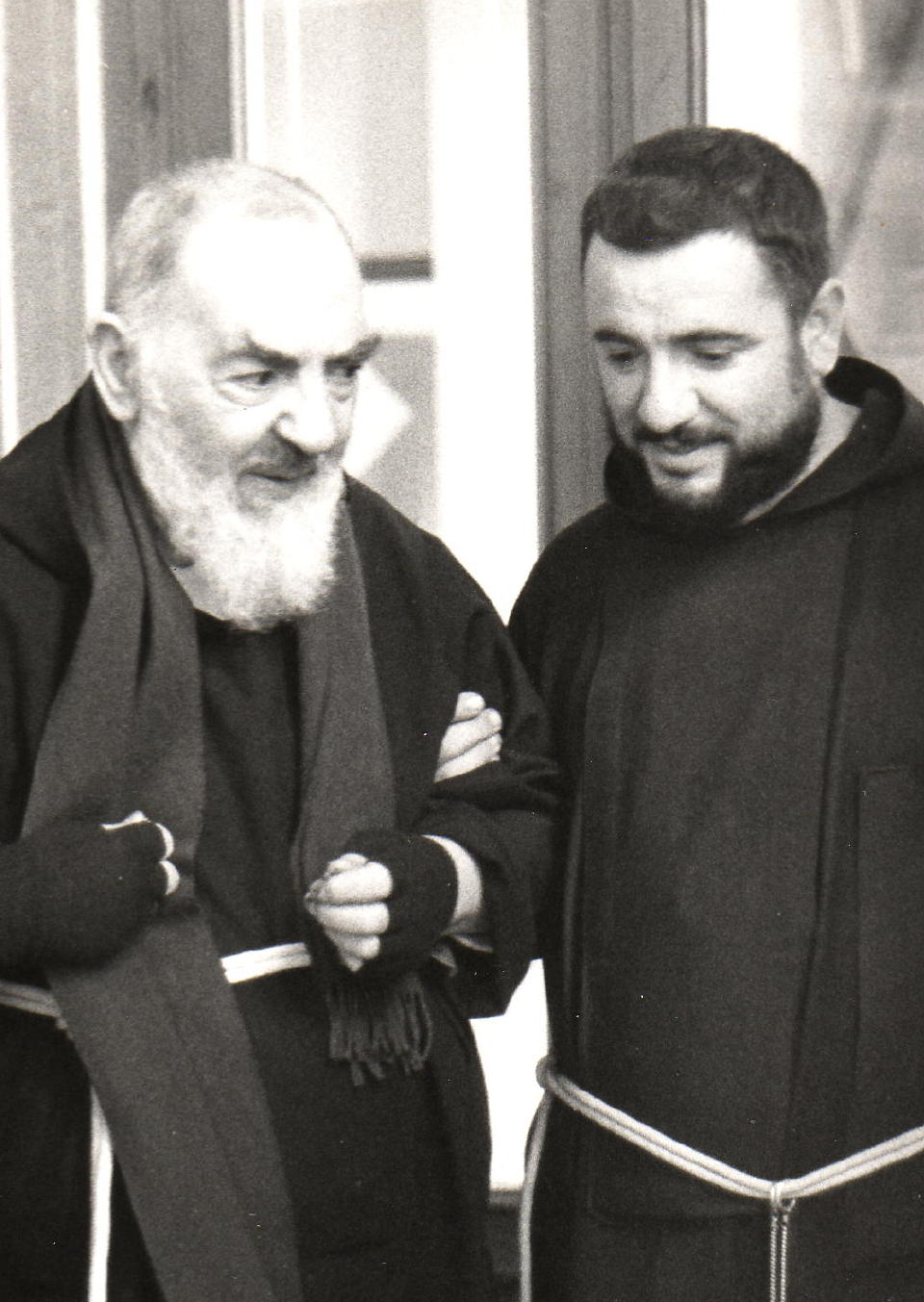
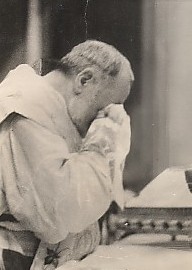
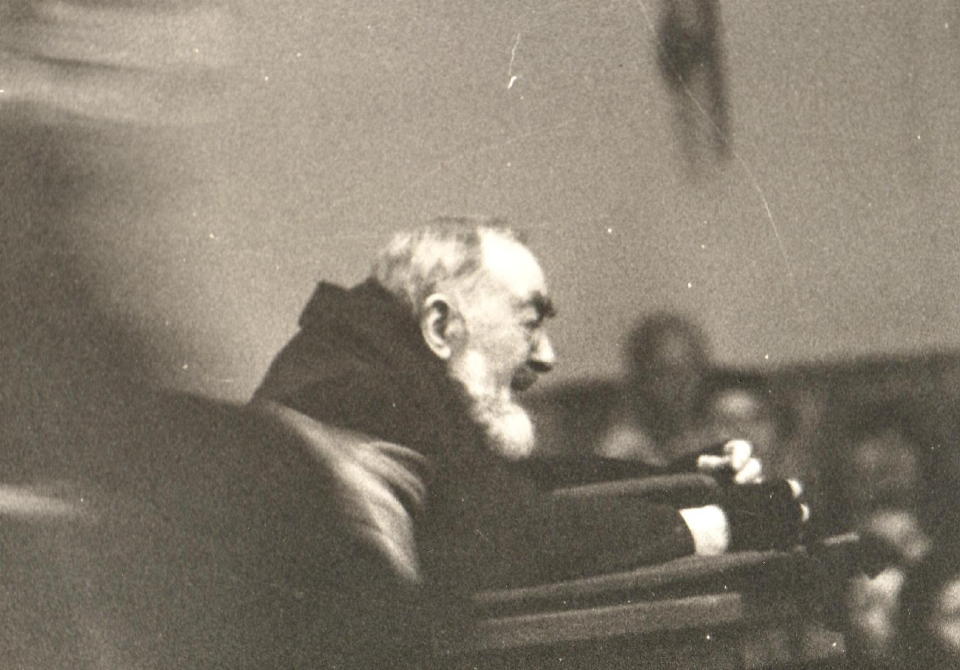
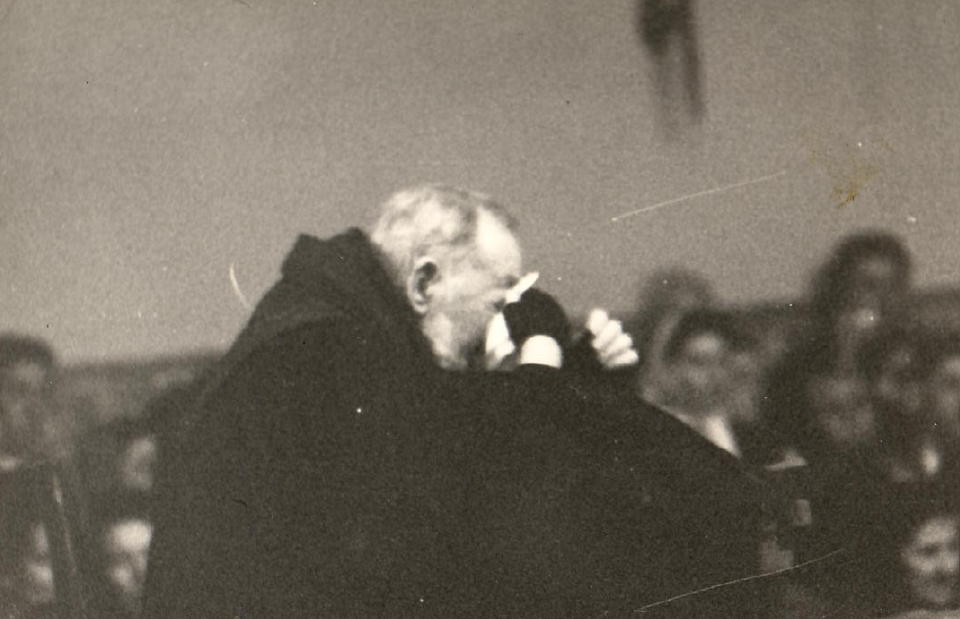
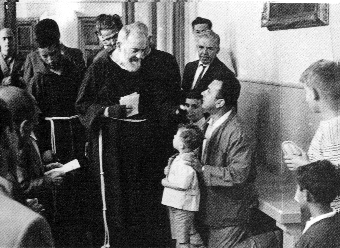
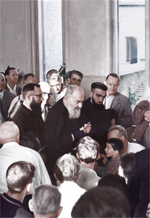
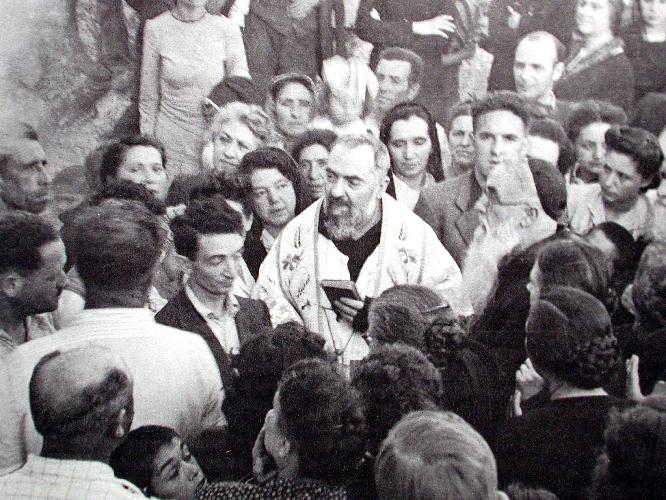

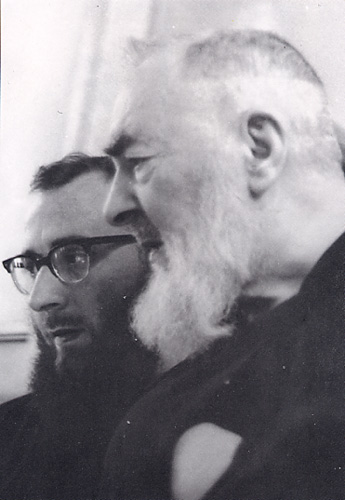
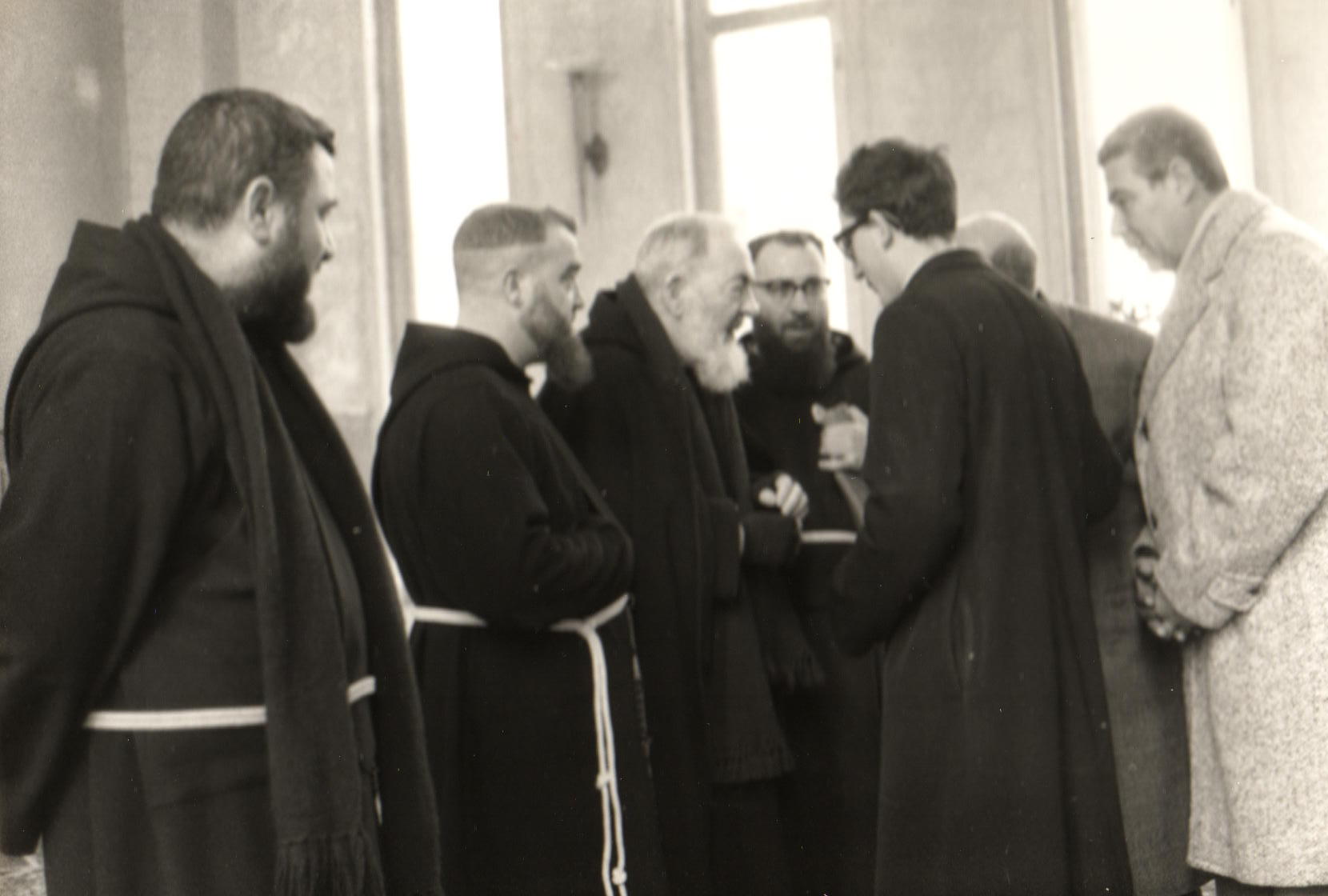
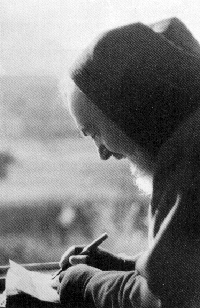
.jpg)
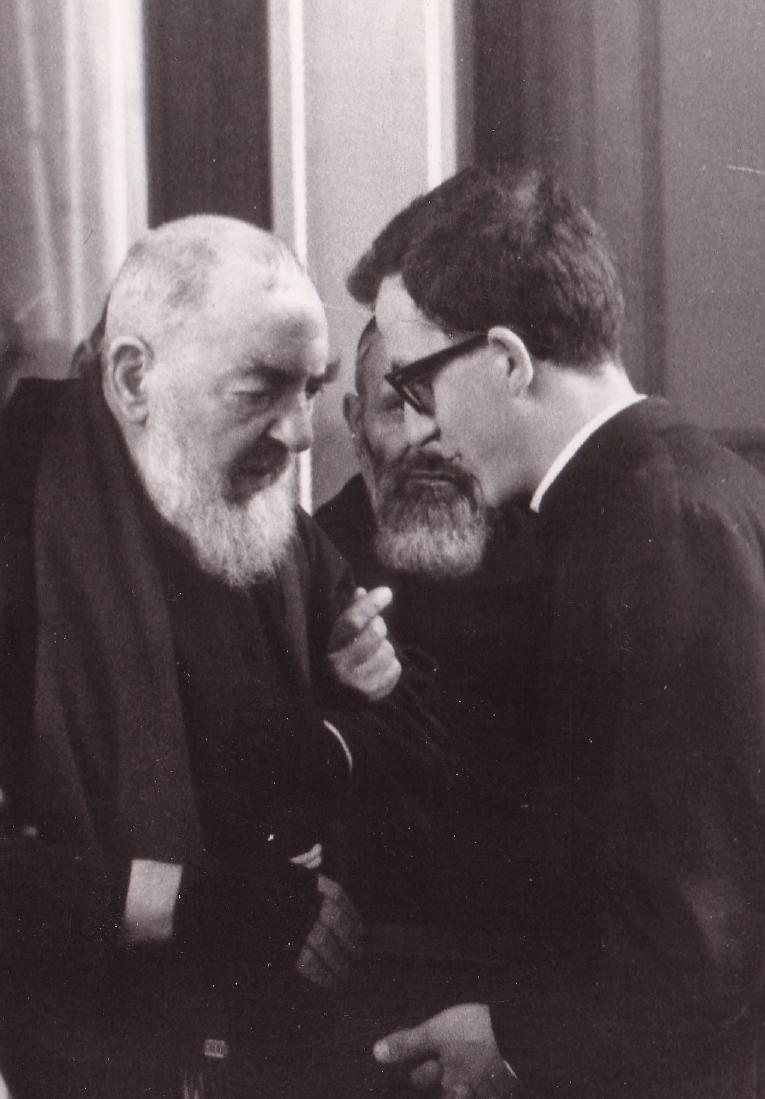


.jpg)
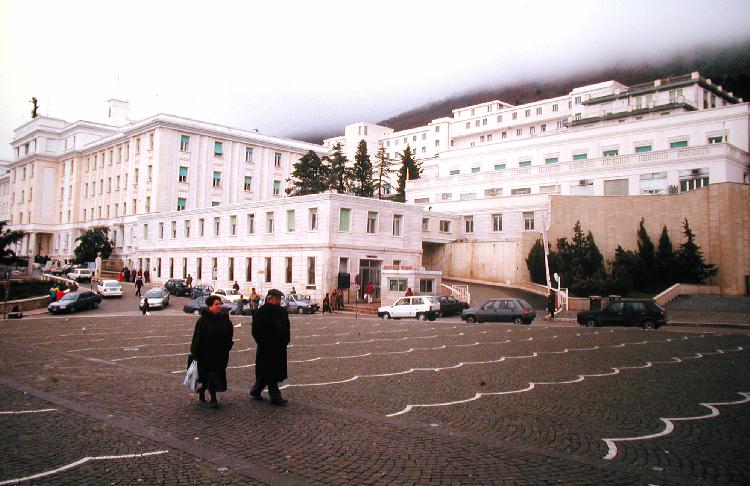

.jpg)
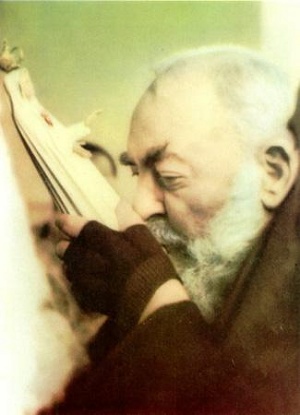

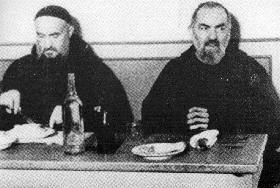
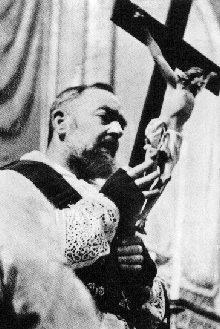
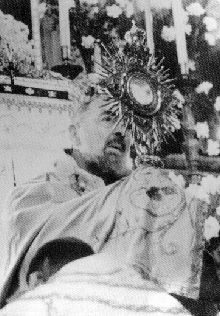

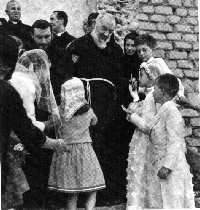
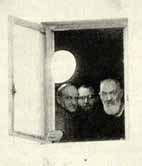
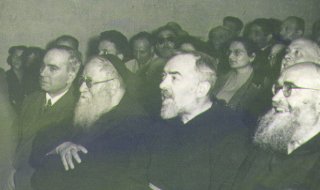
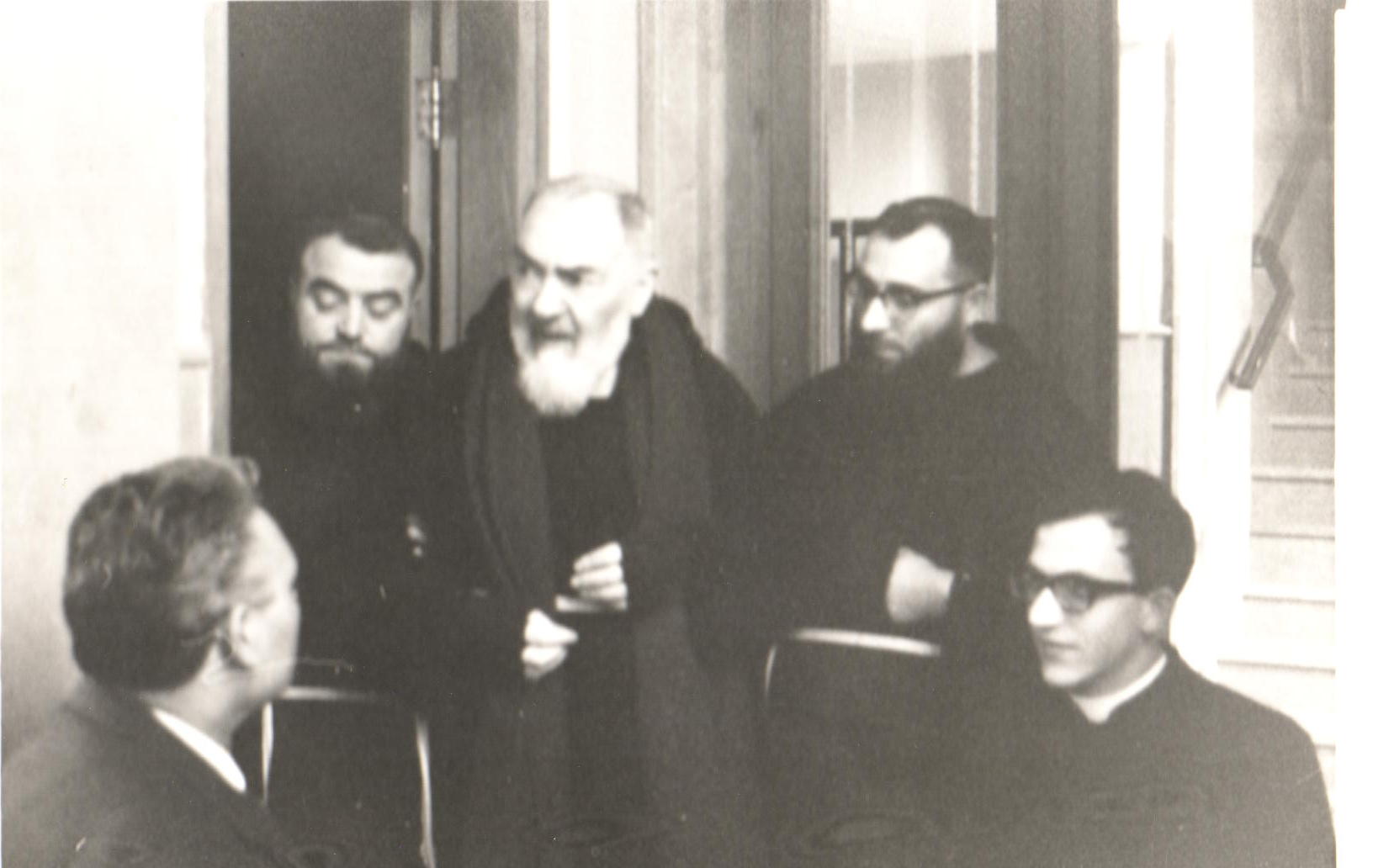
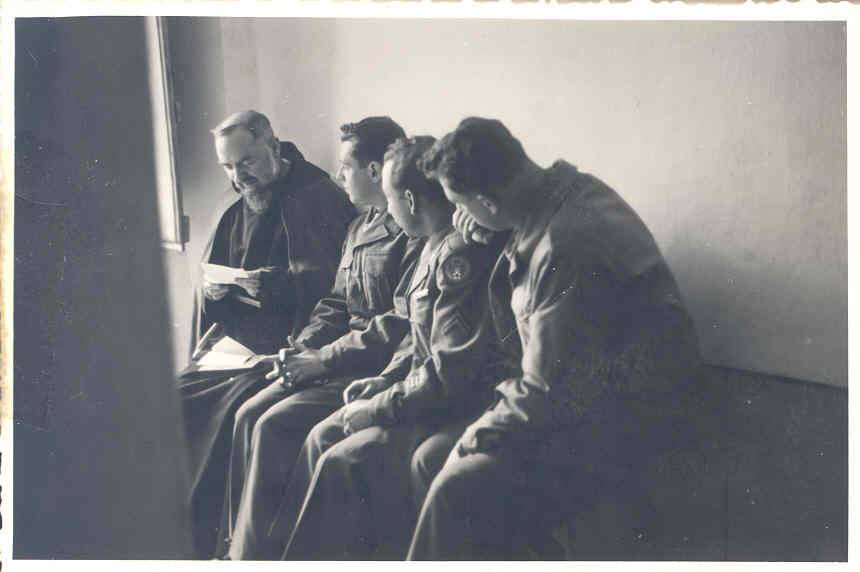
.jpg)
.jpg)


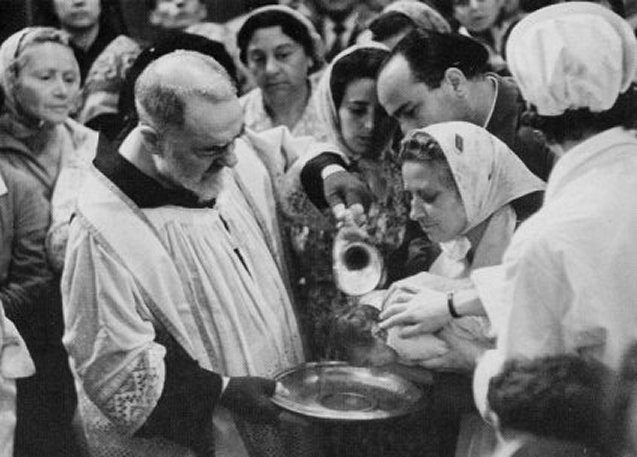
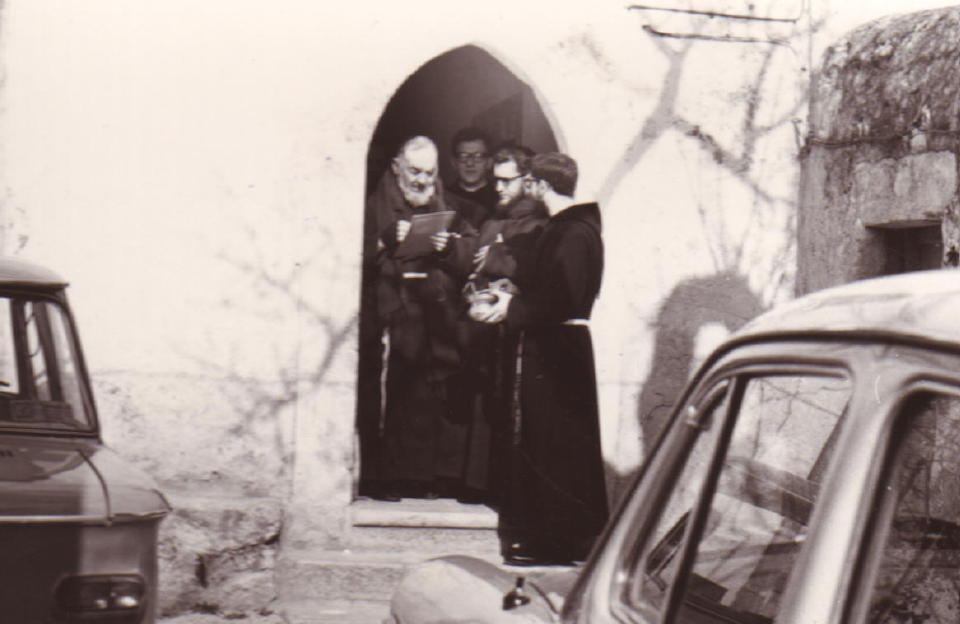
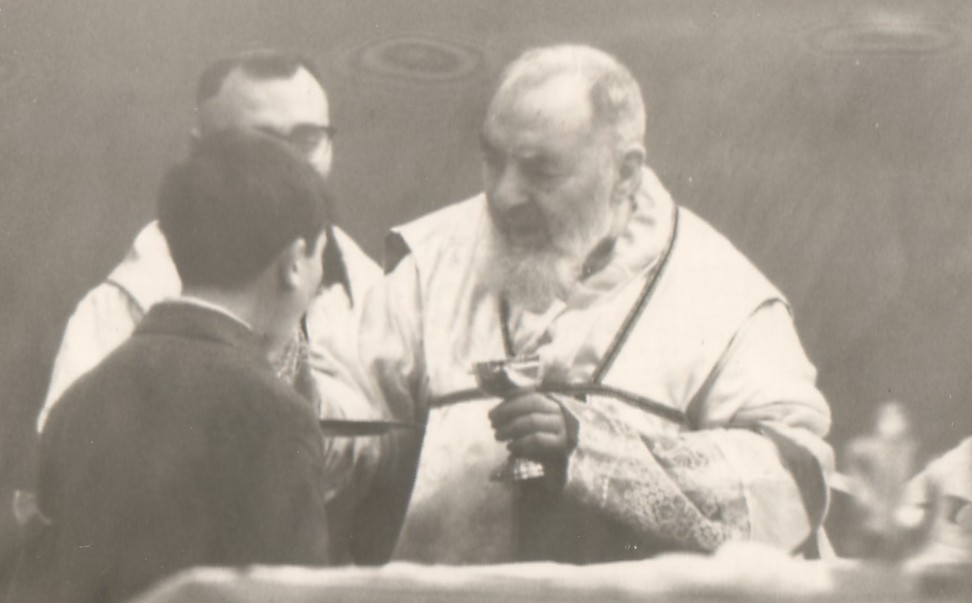
.jpg)
.jpg)
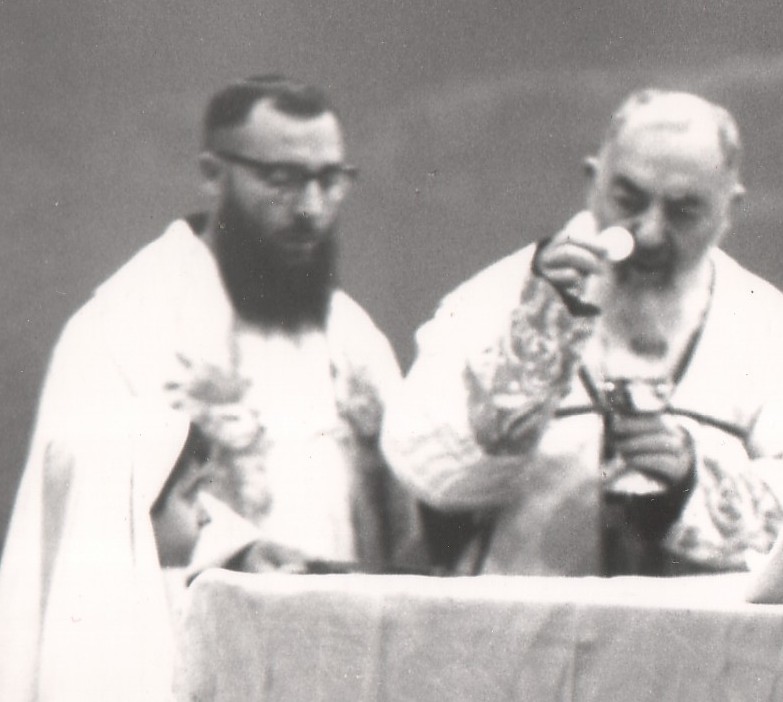
.jpg)
.jpg)
.jpg)
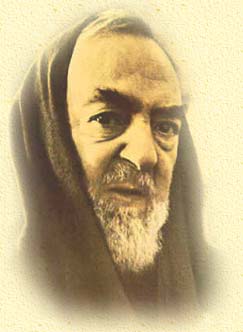
.jpg)
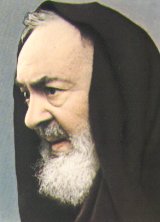
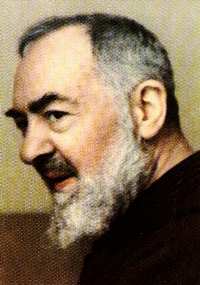
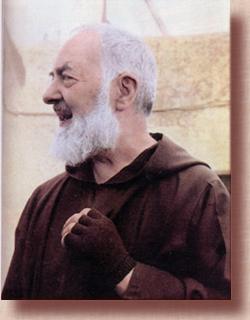
.jpg)
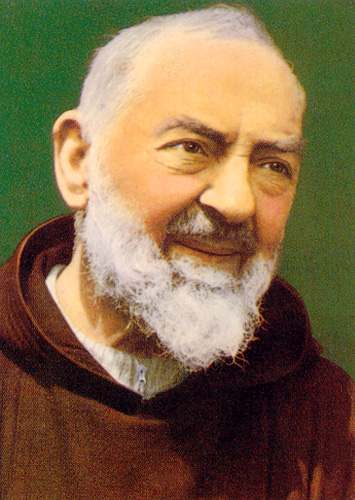
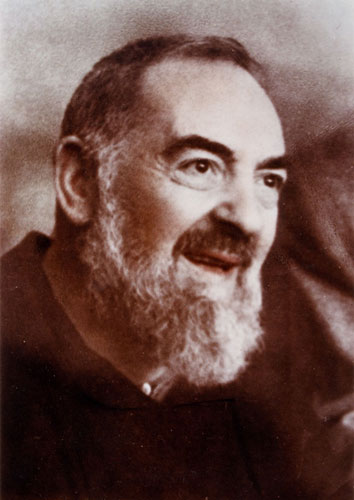

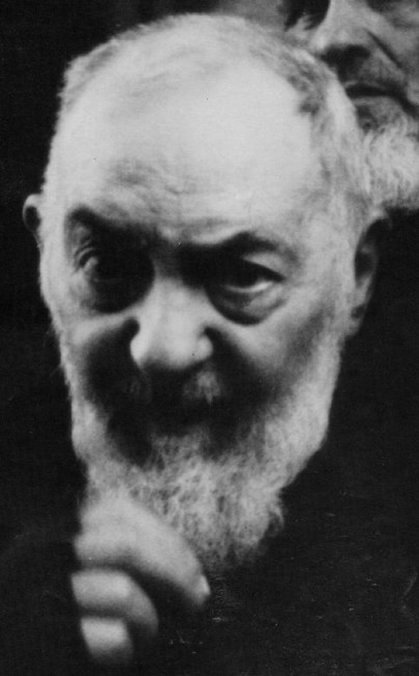

.jpg)
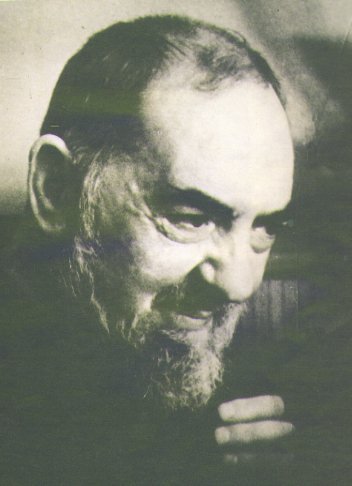
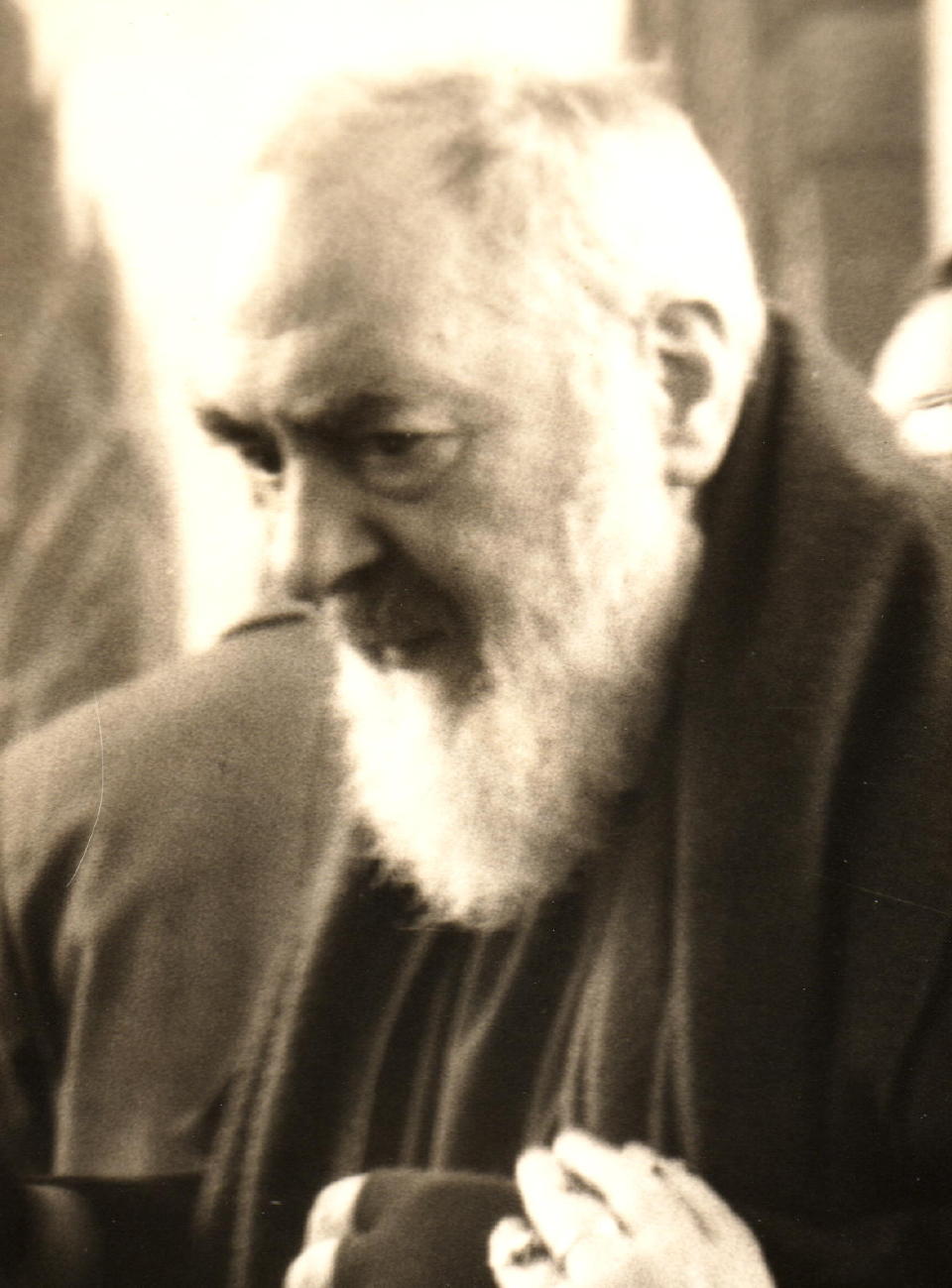
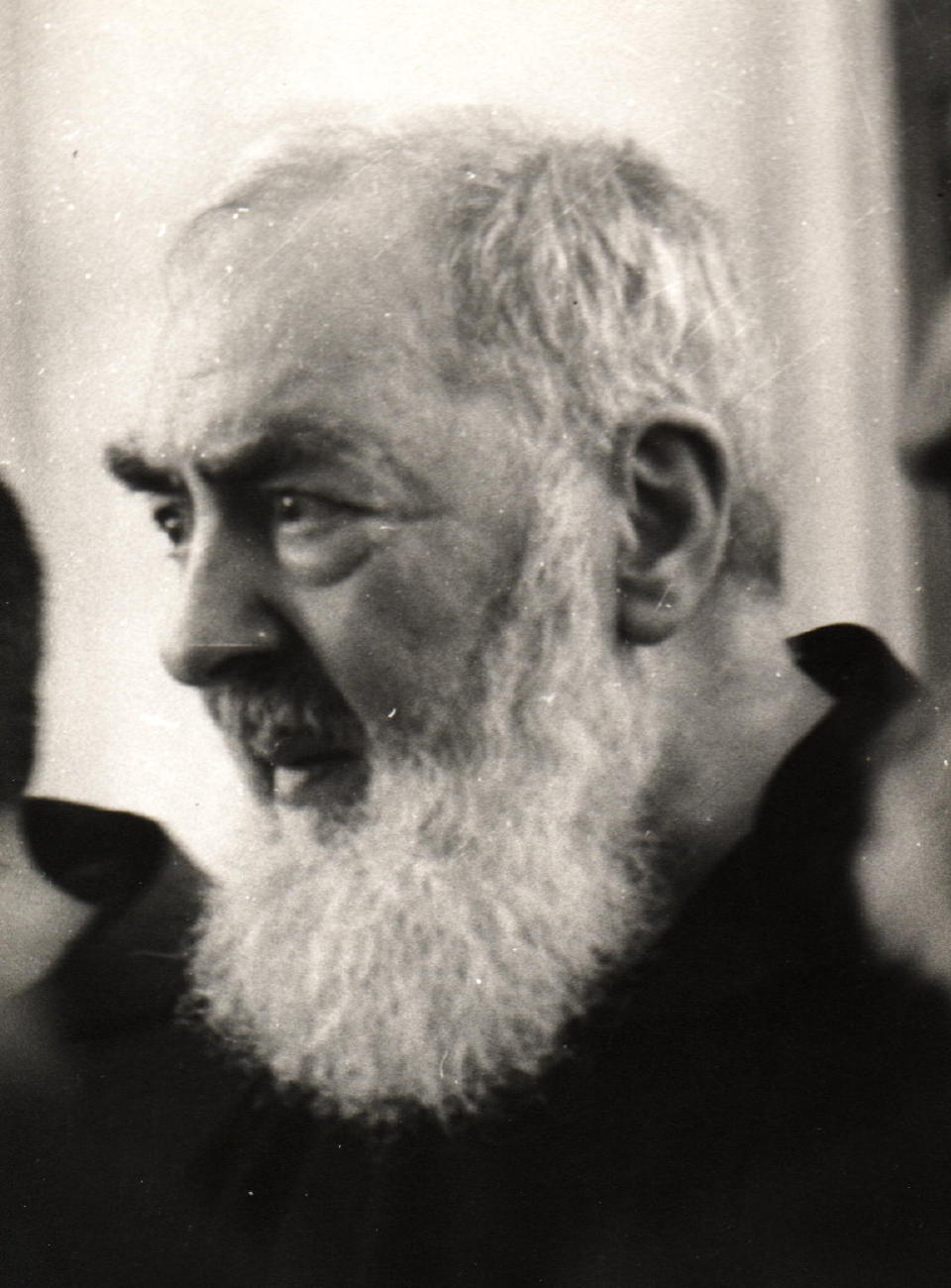
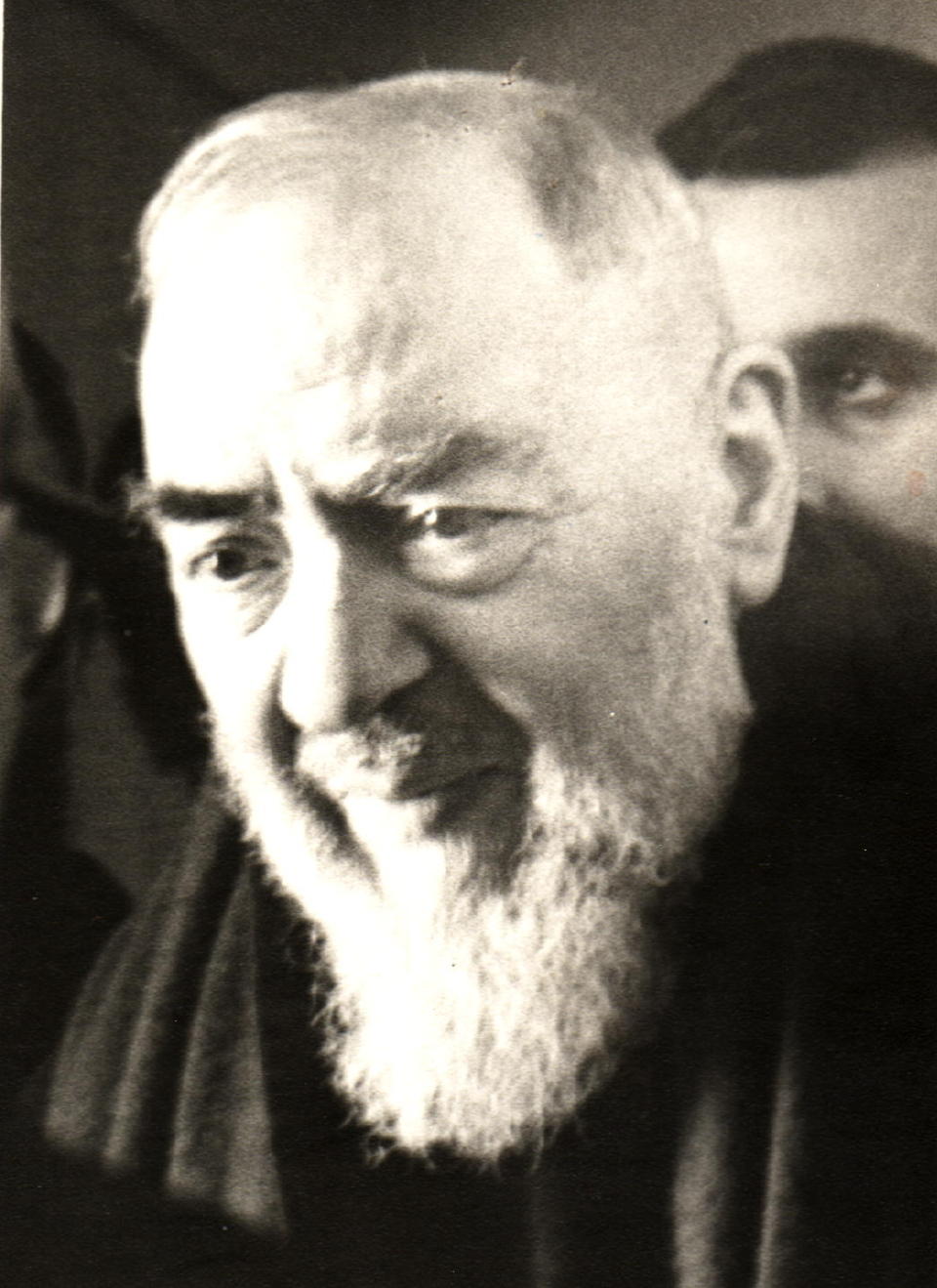
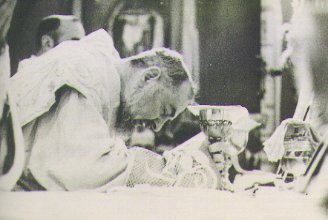
.jpg)
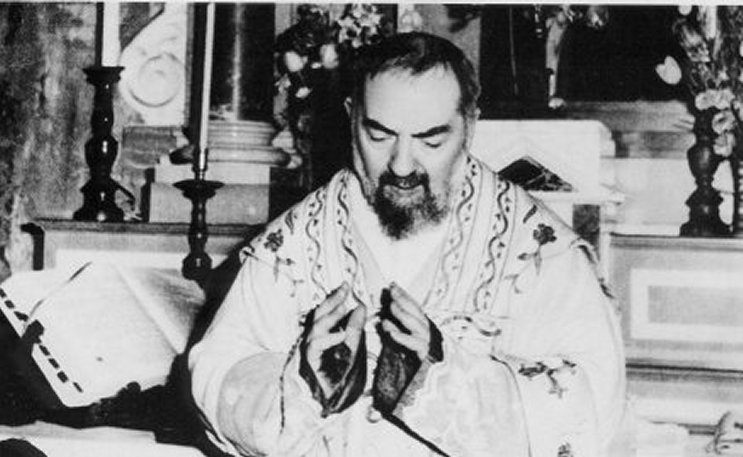
.jpg)
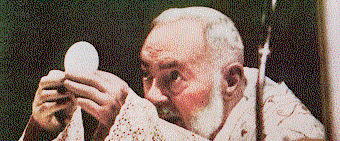
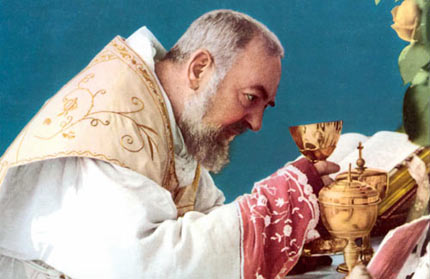

.jpg)

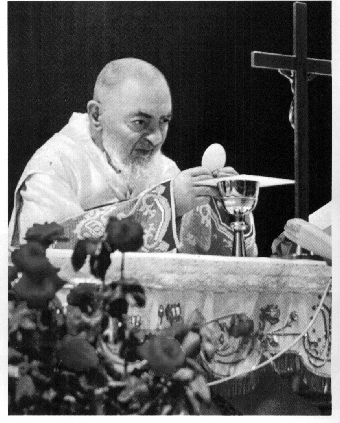
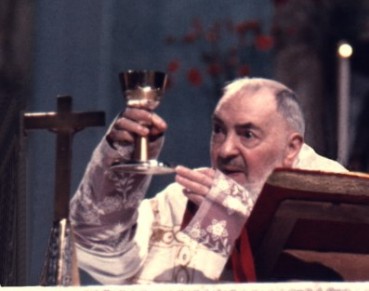
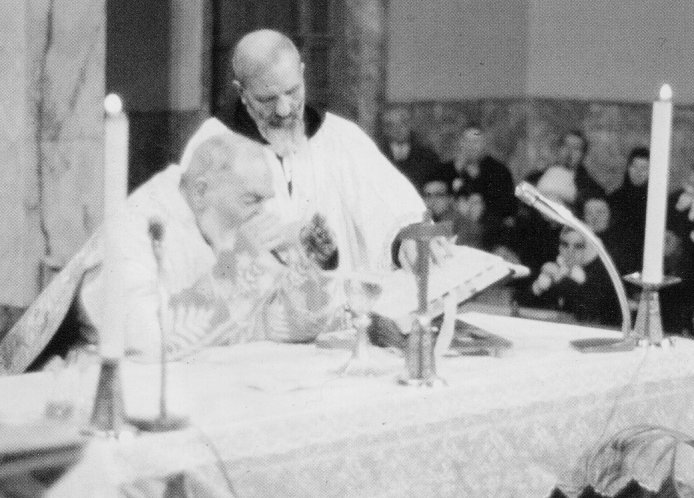
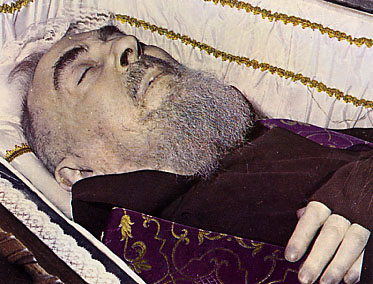

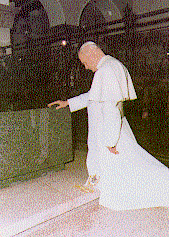
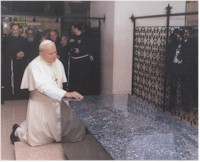

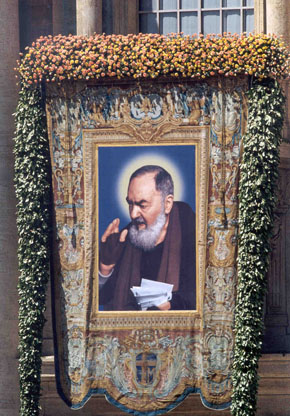
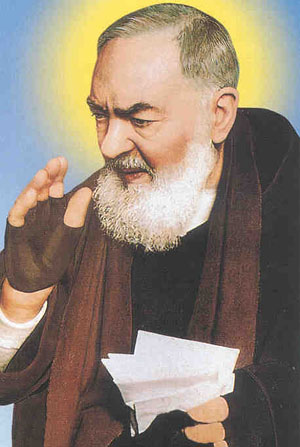
.jpg)
.jpg)
.jpg)

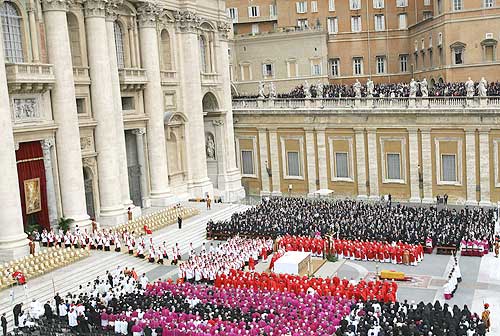
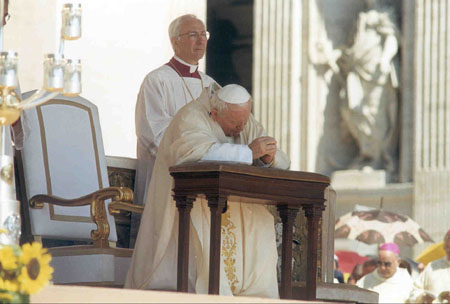
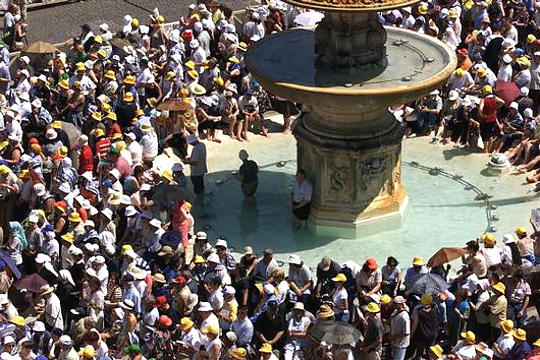
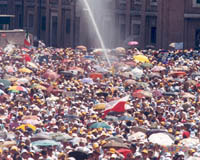
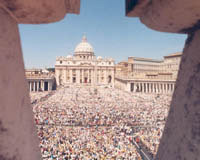
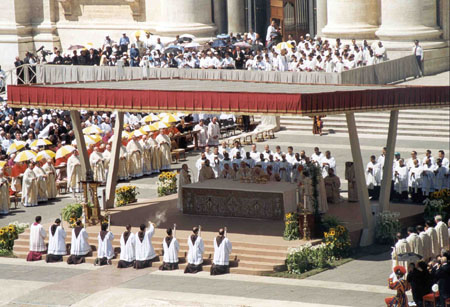
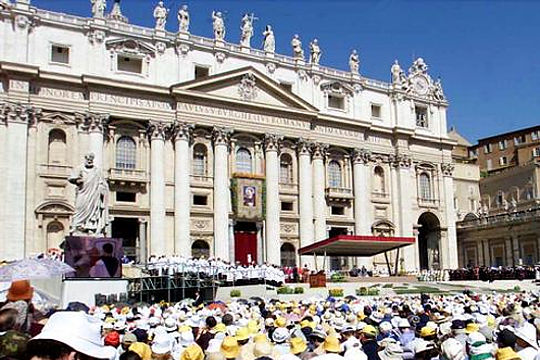
.jpg)
